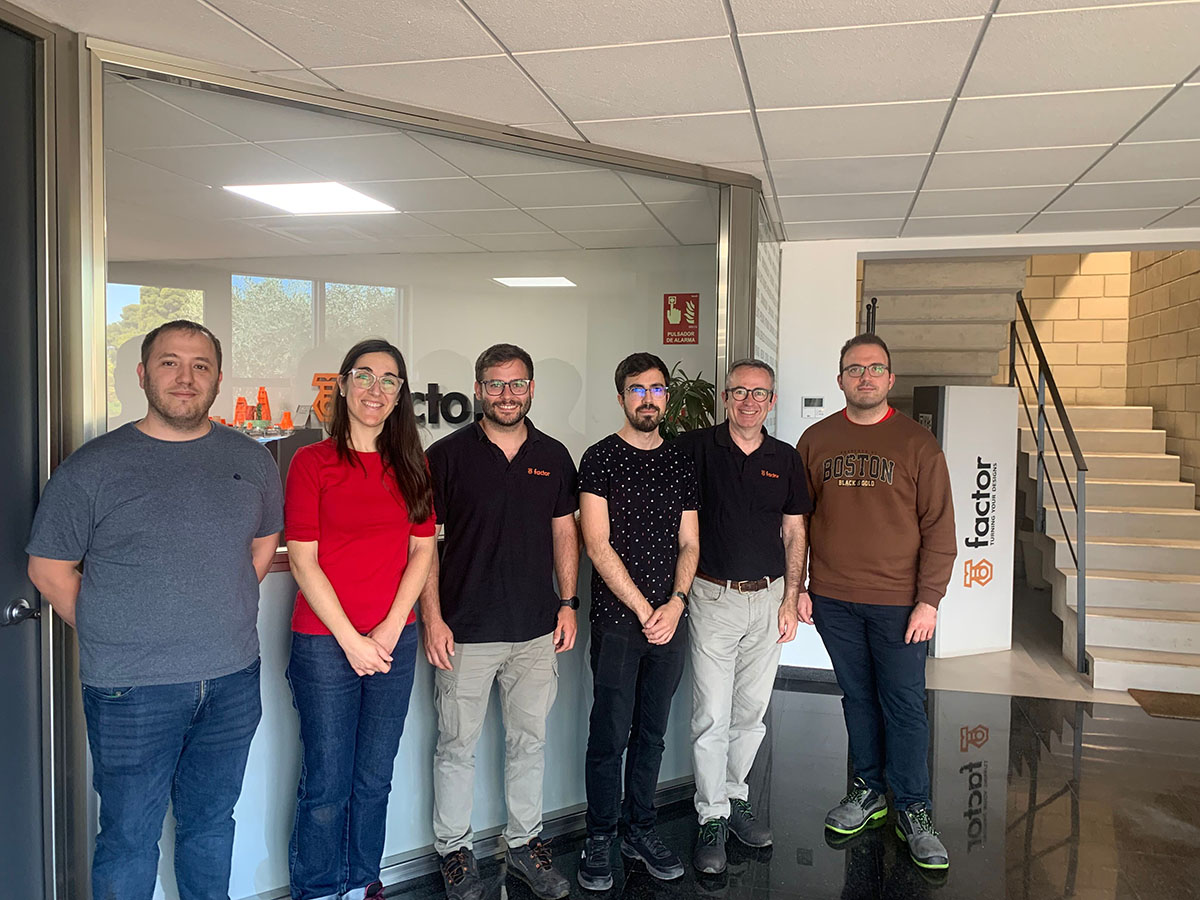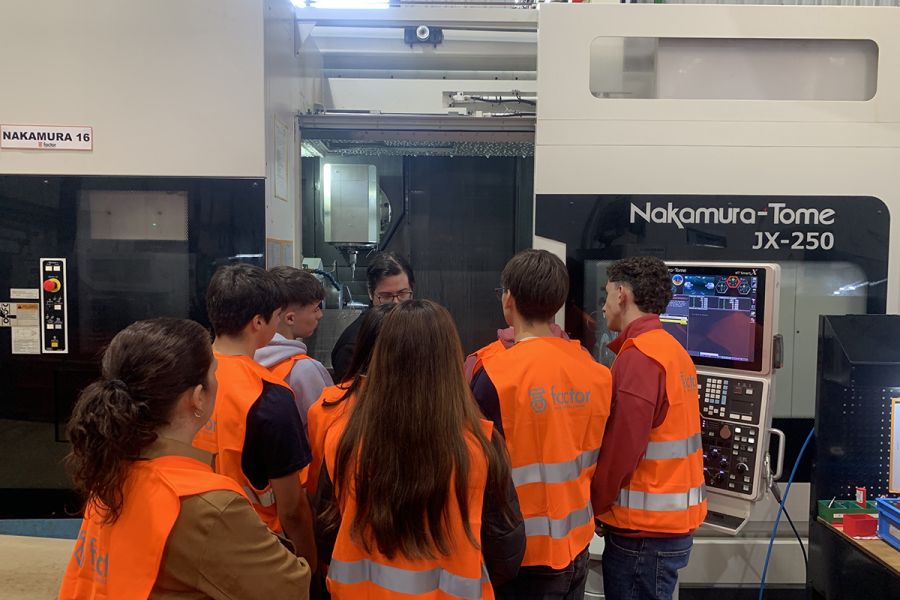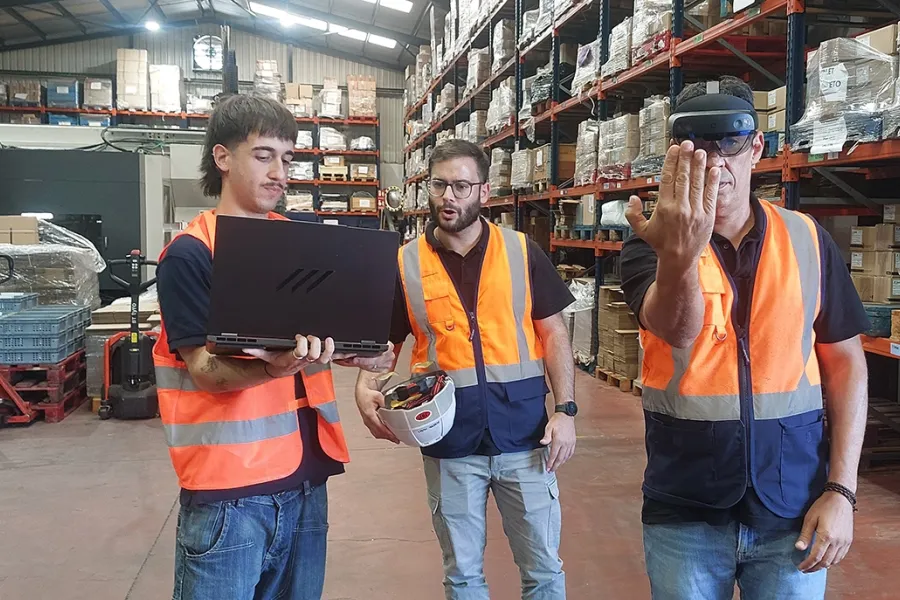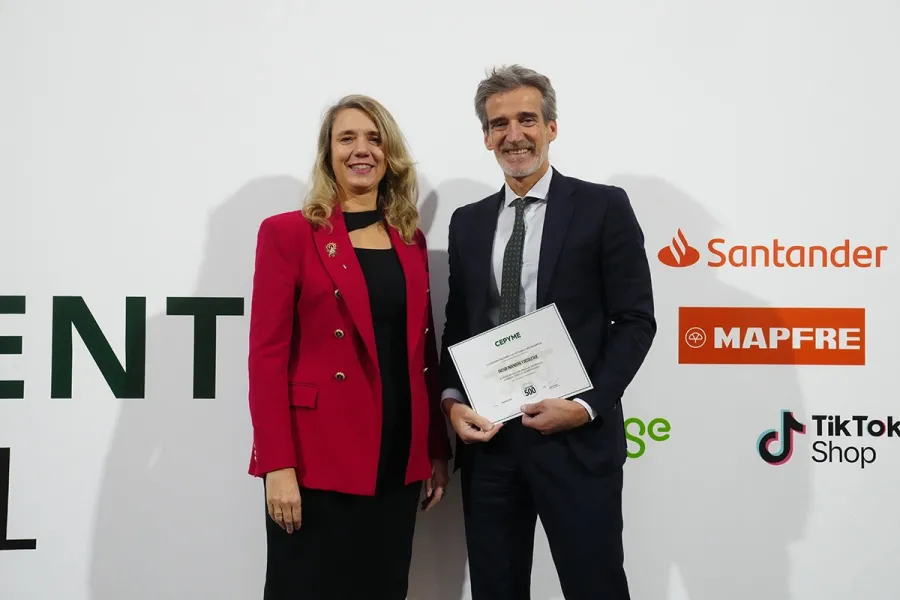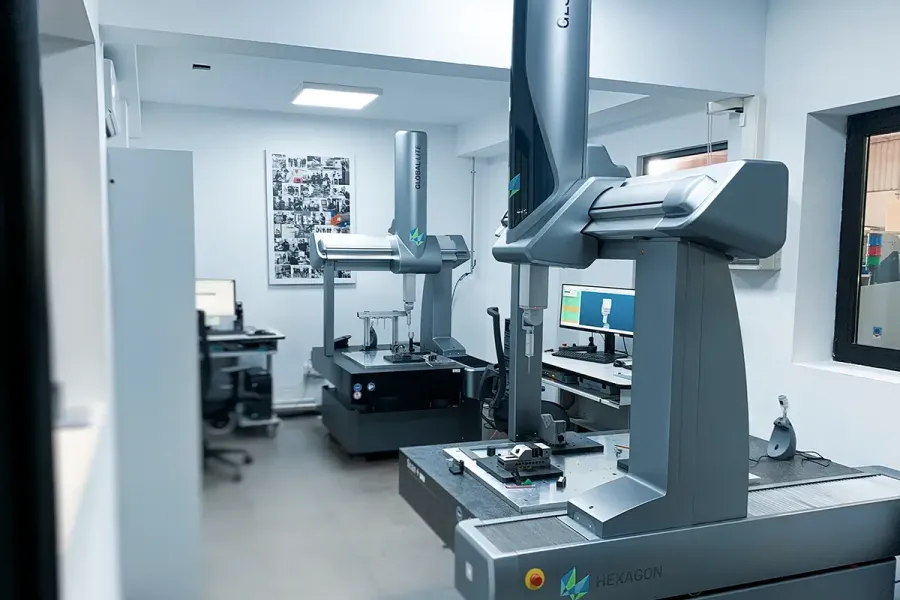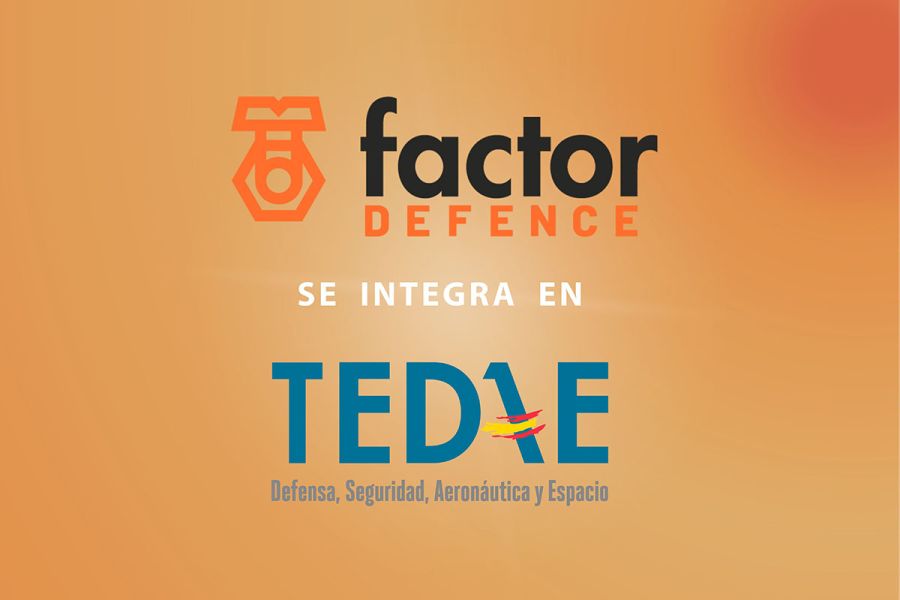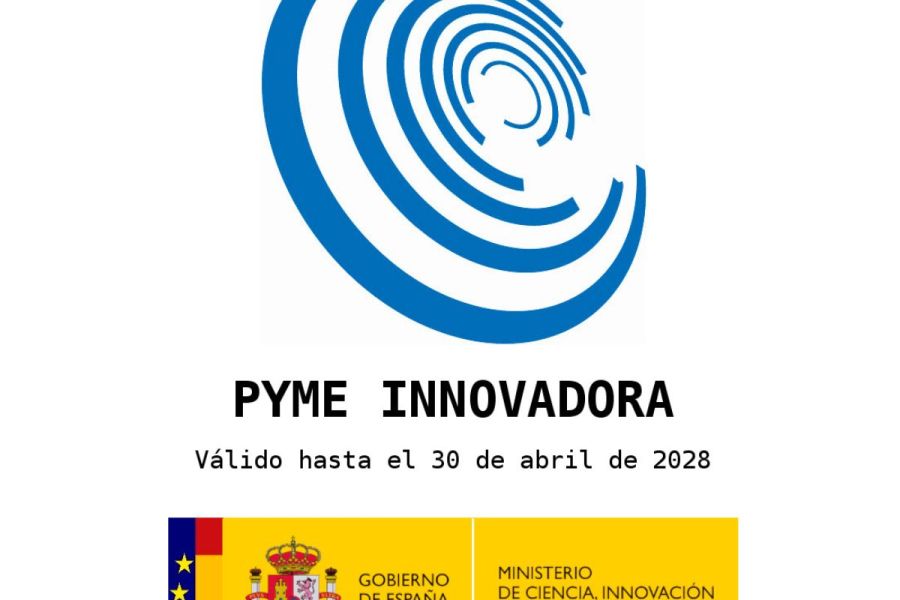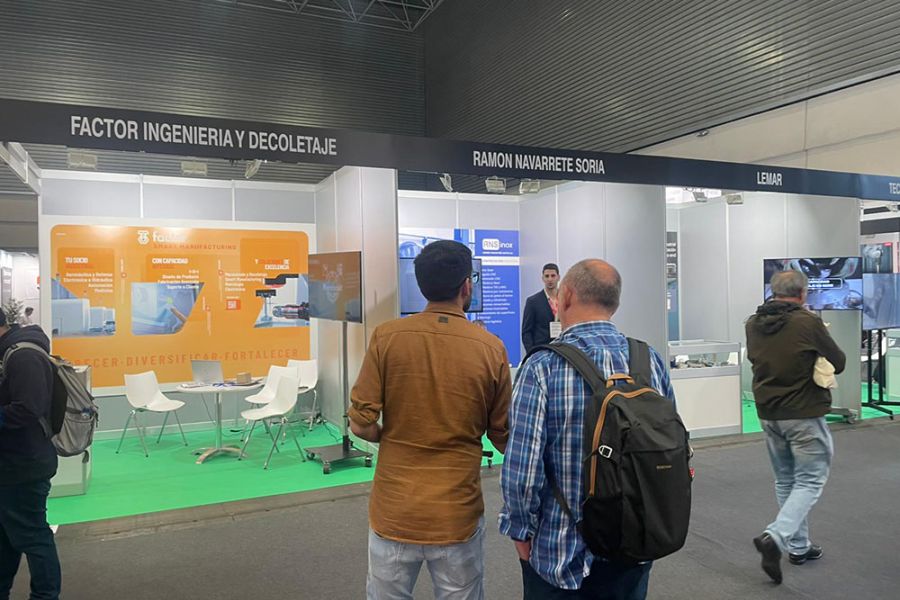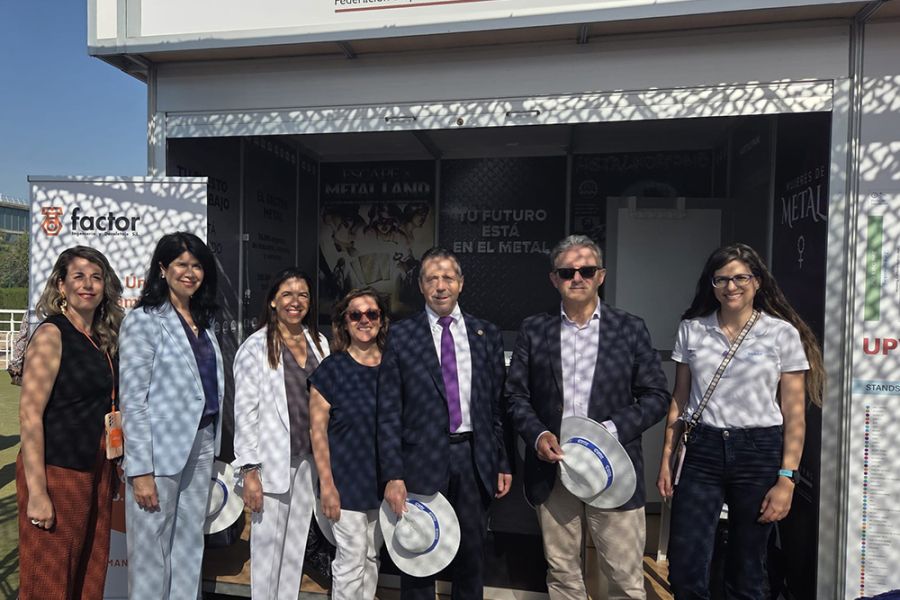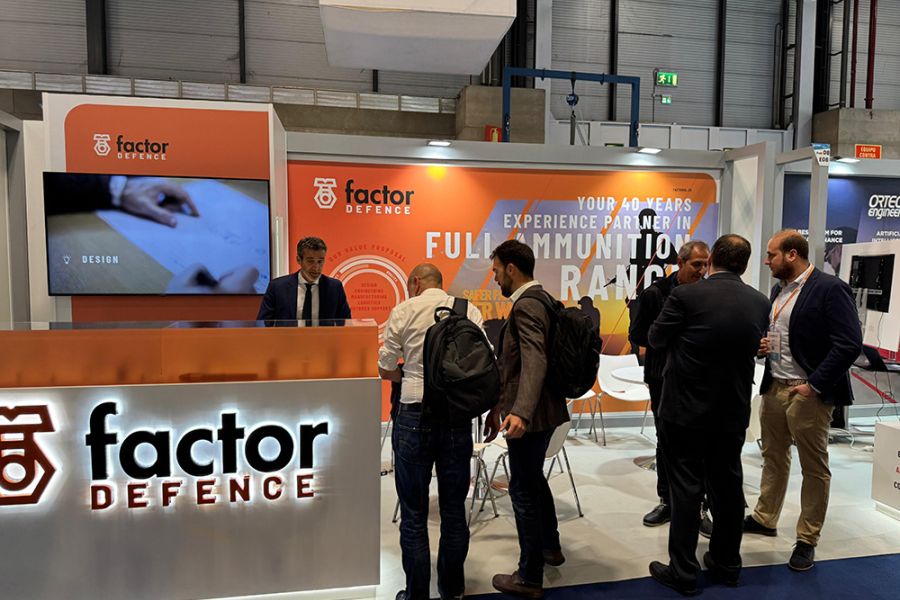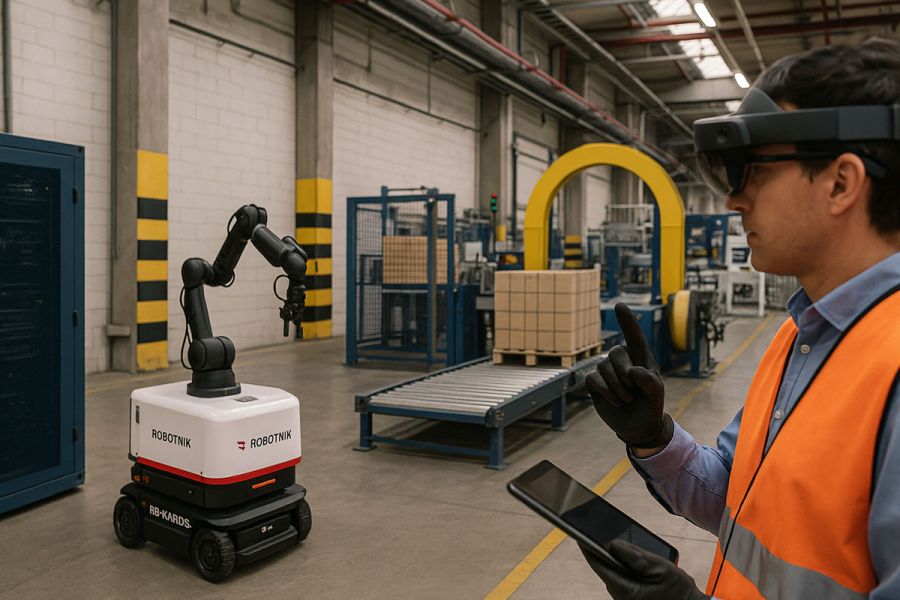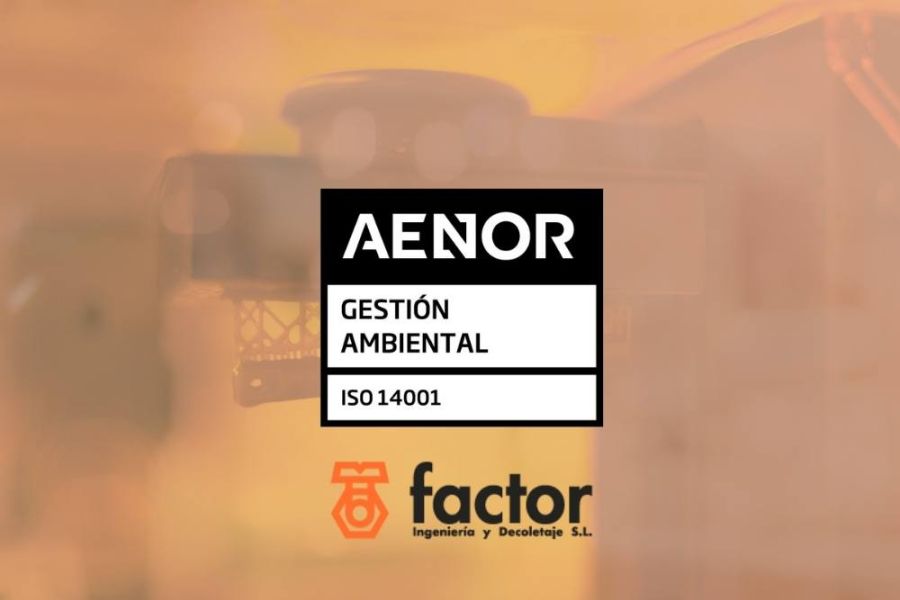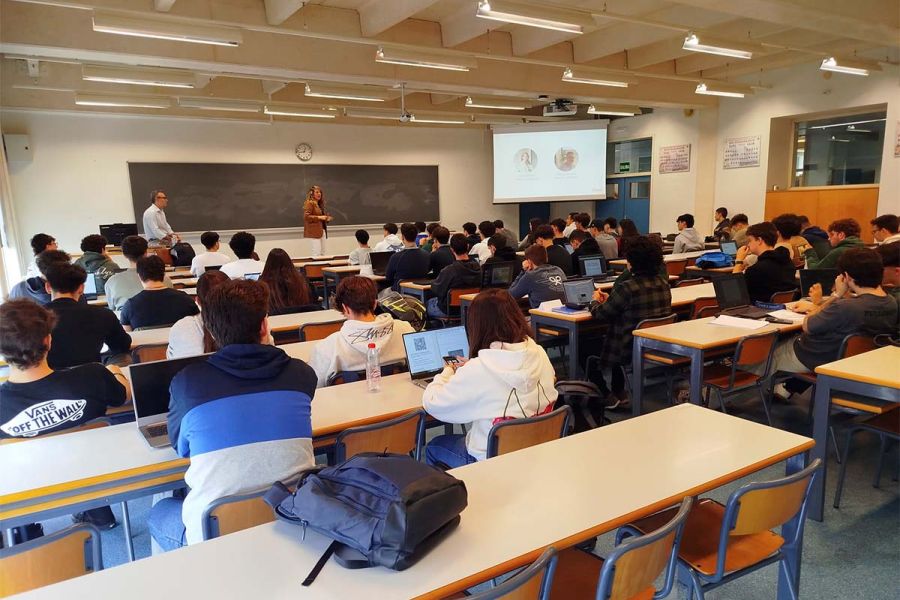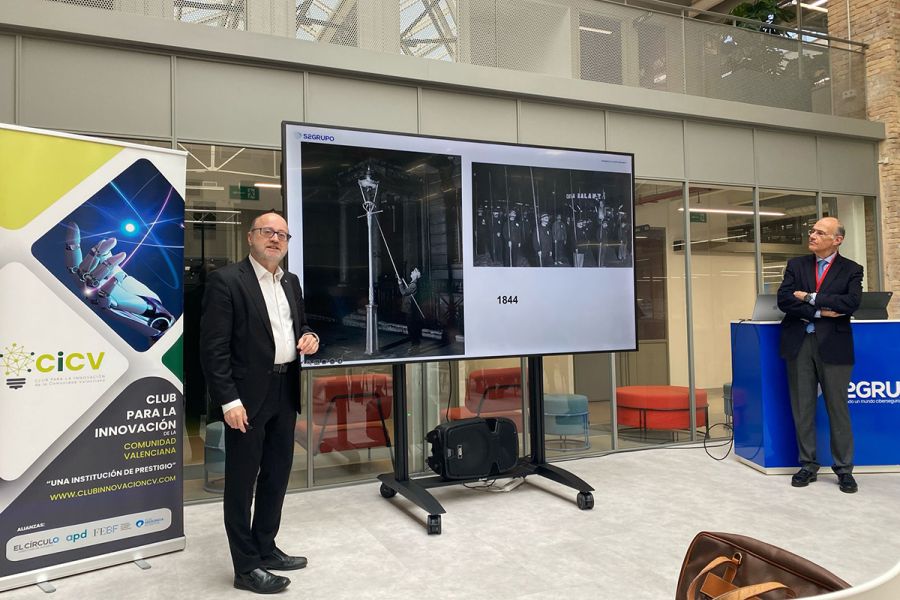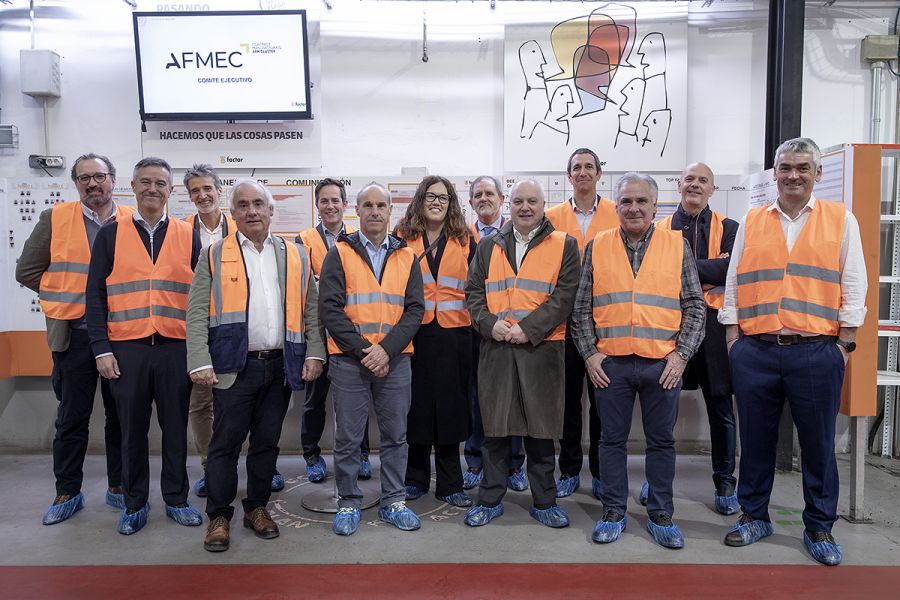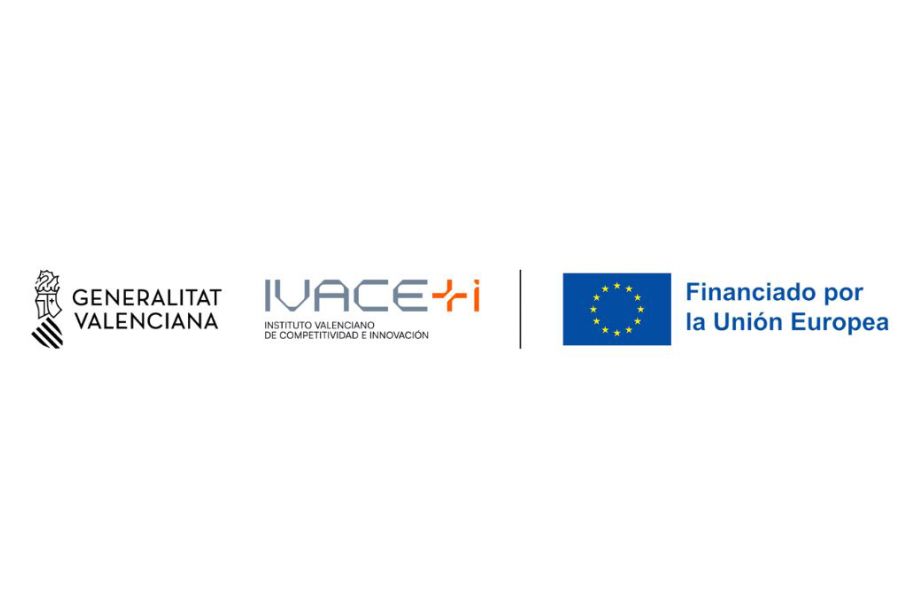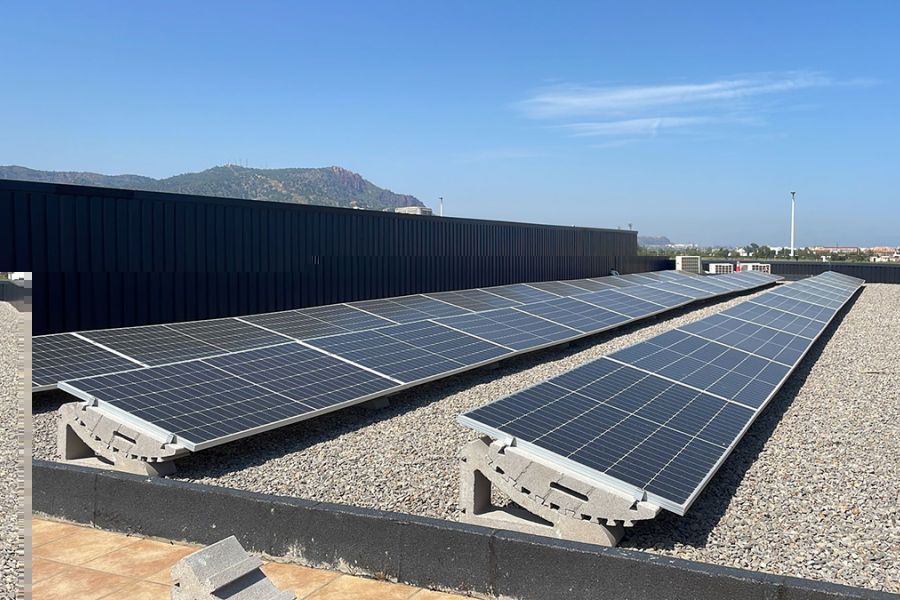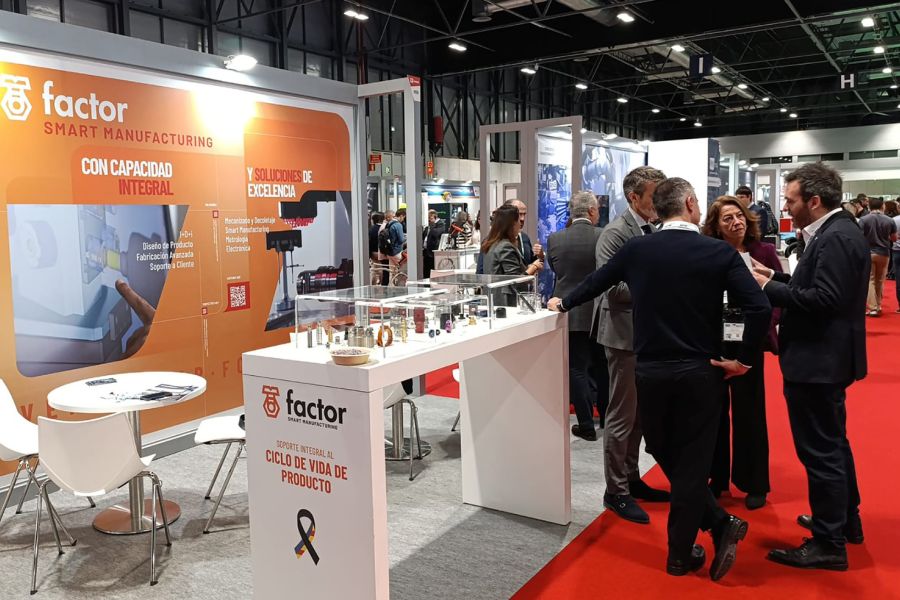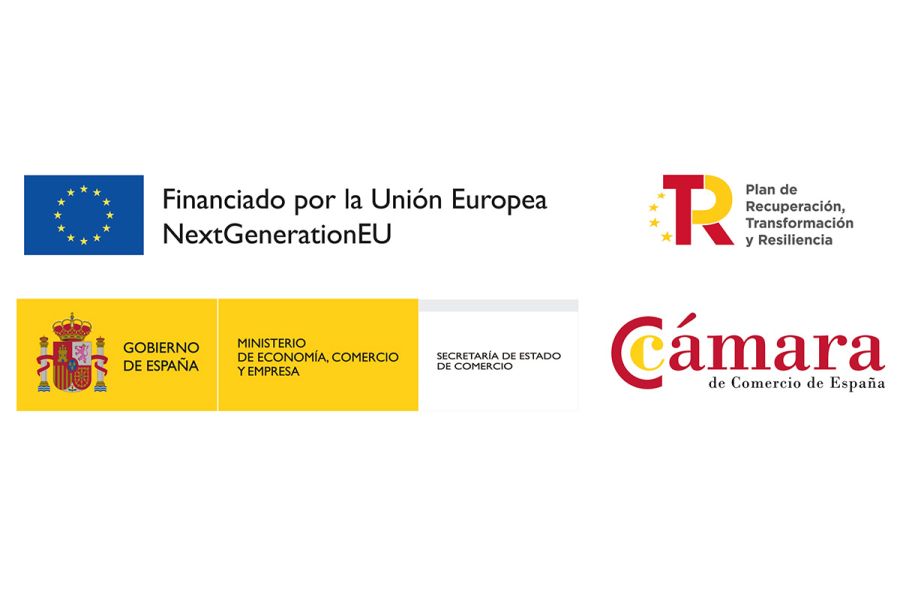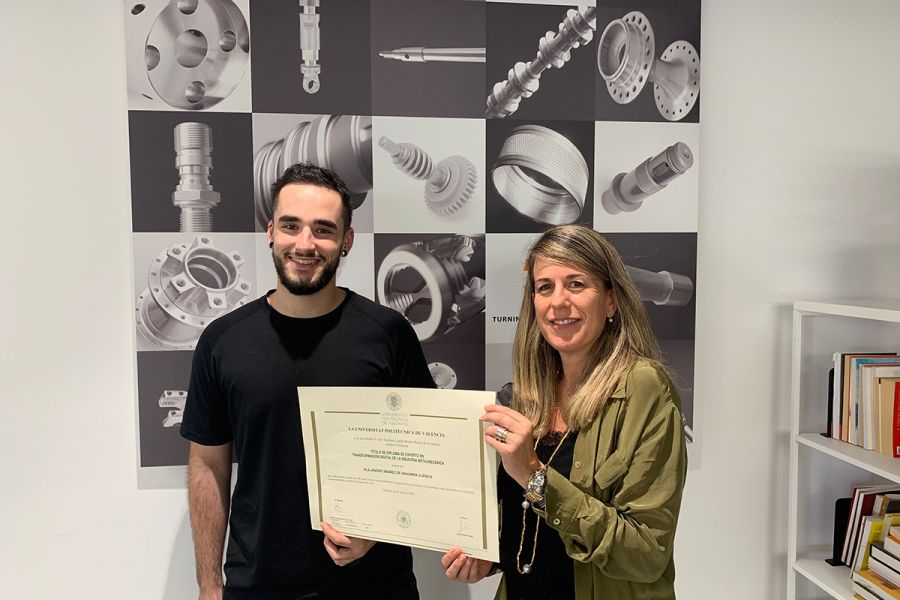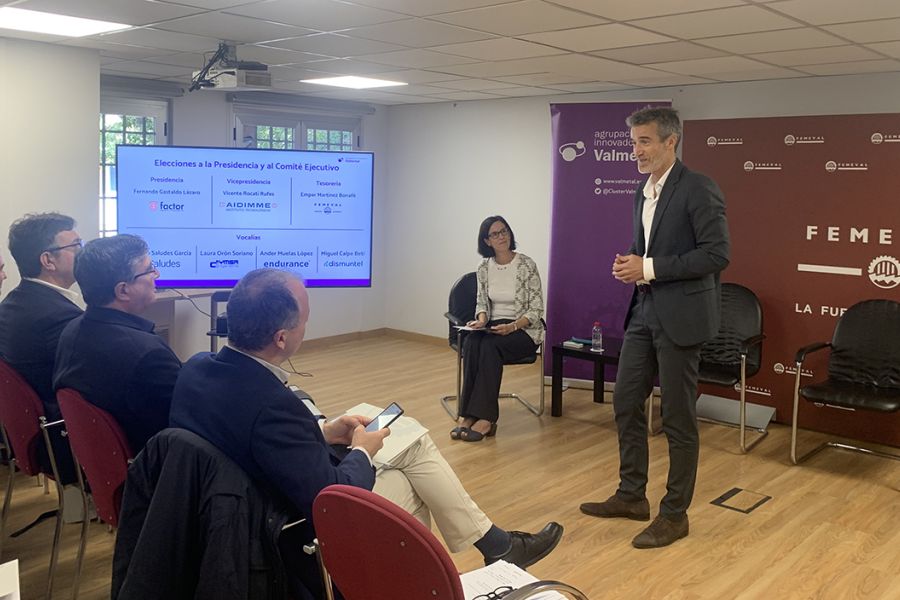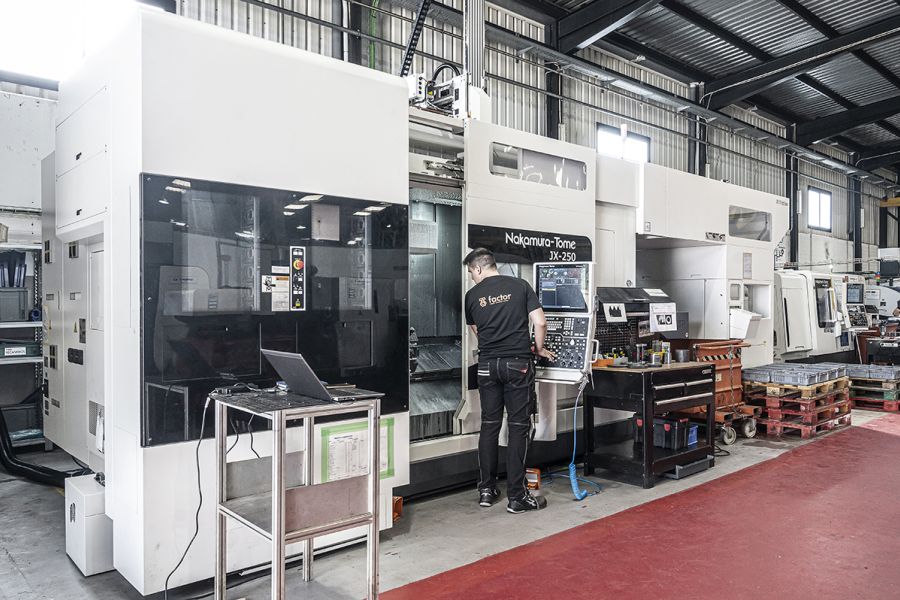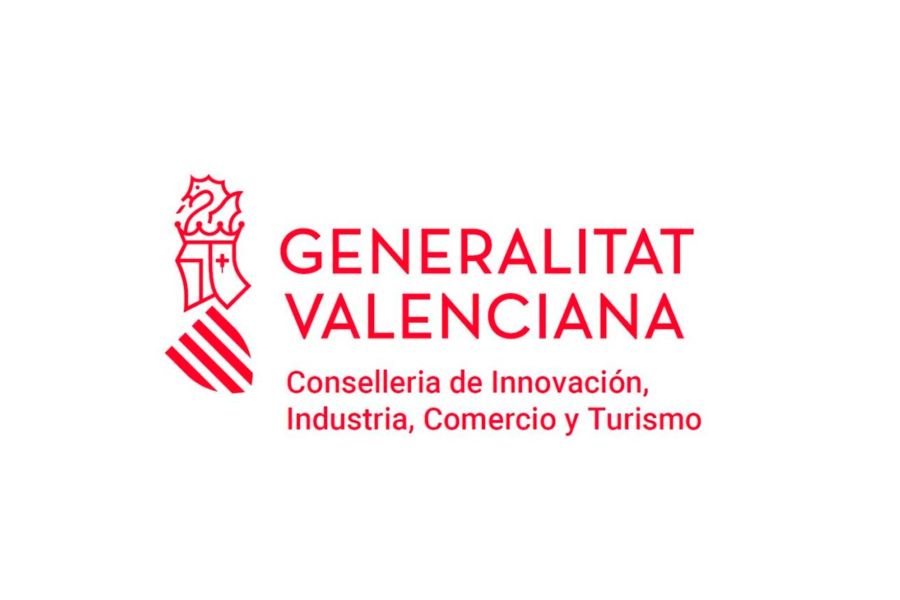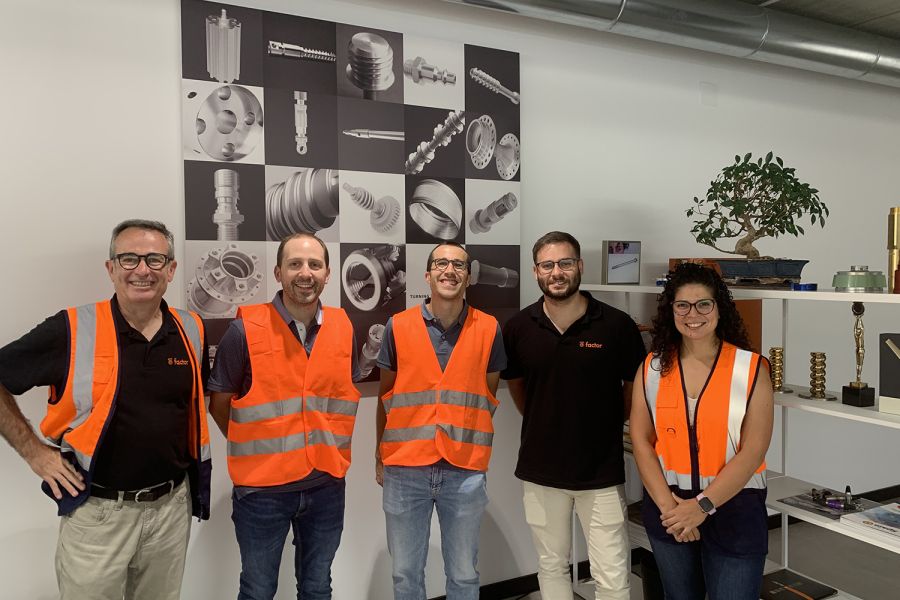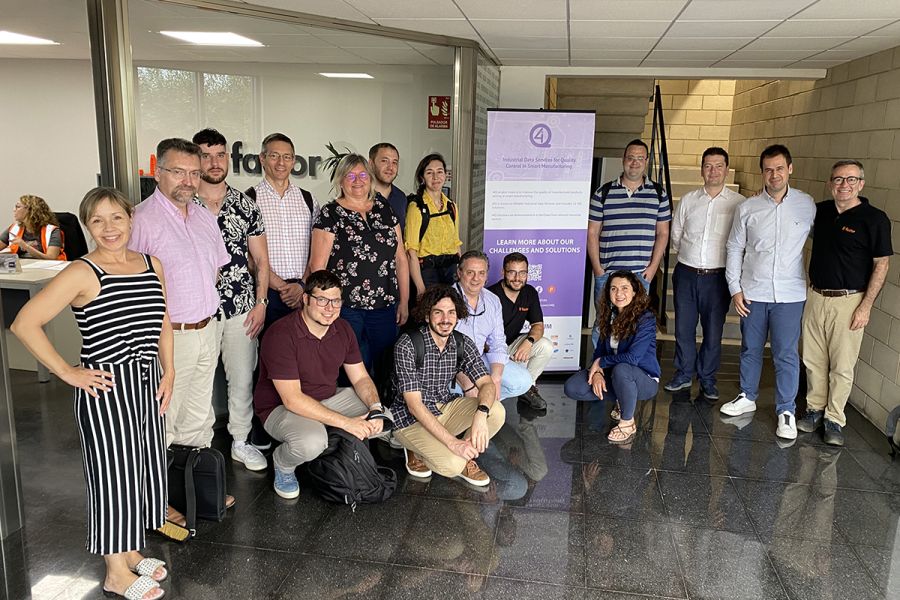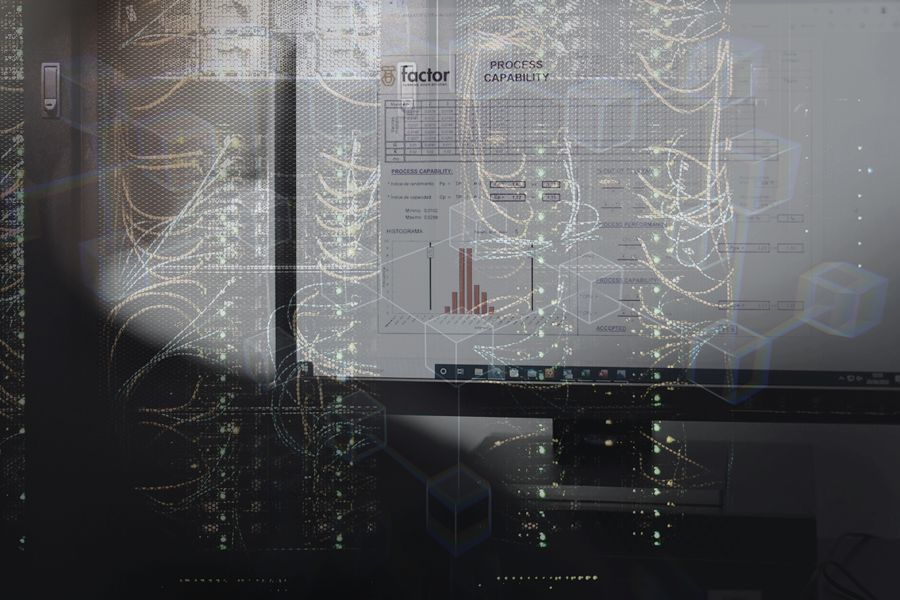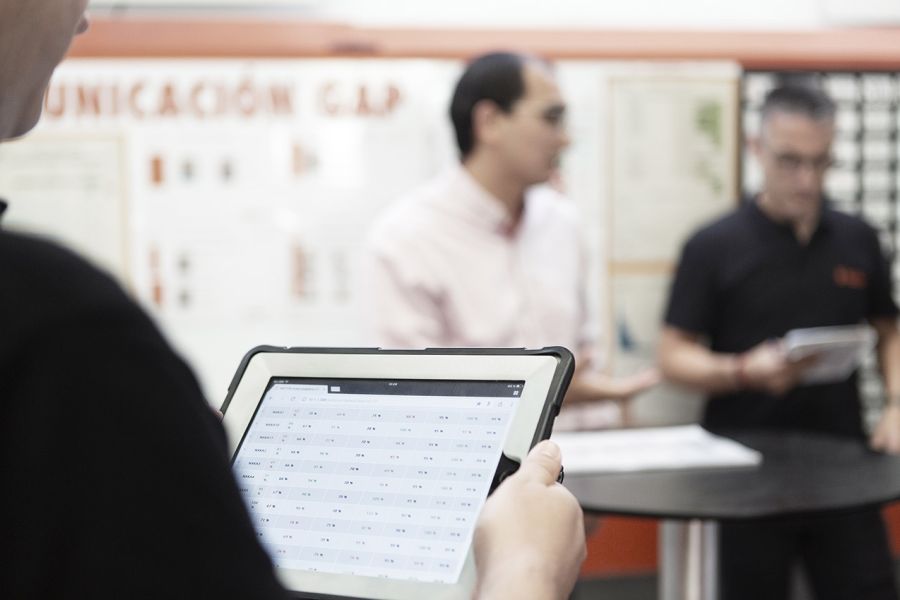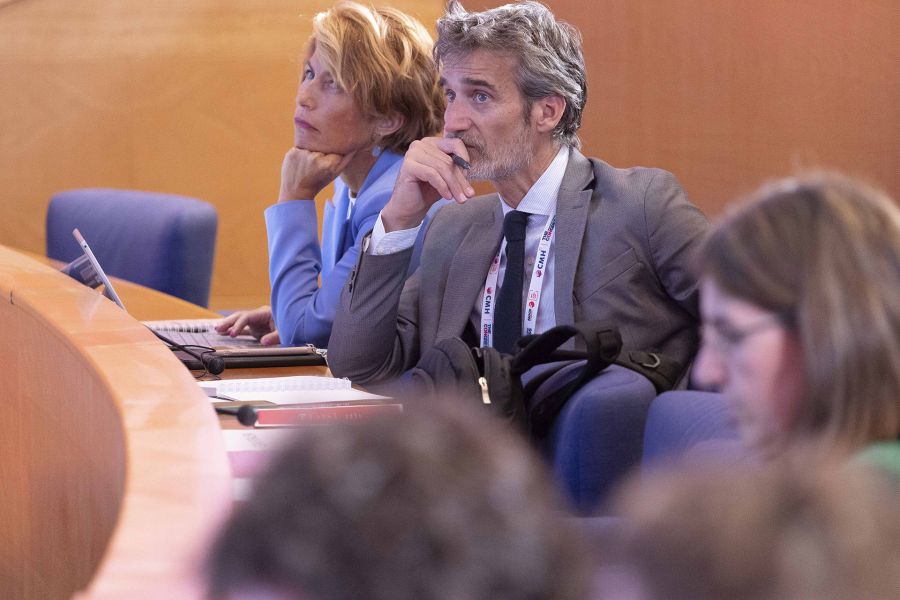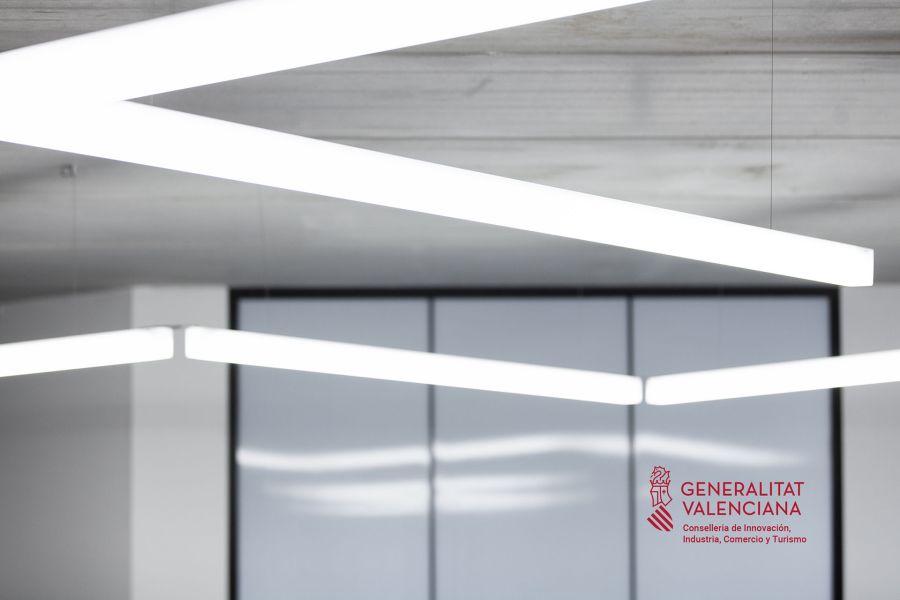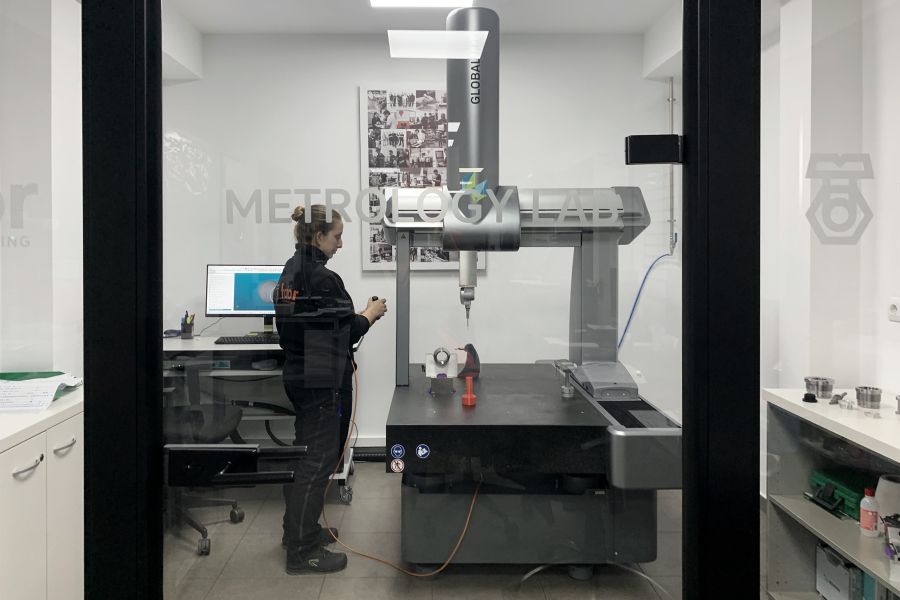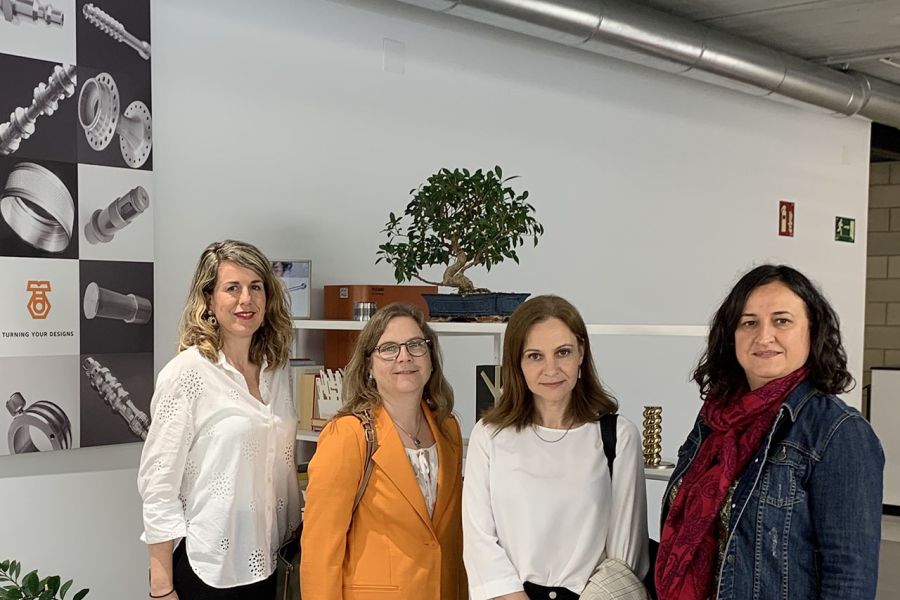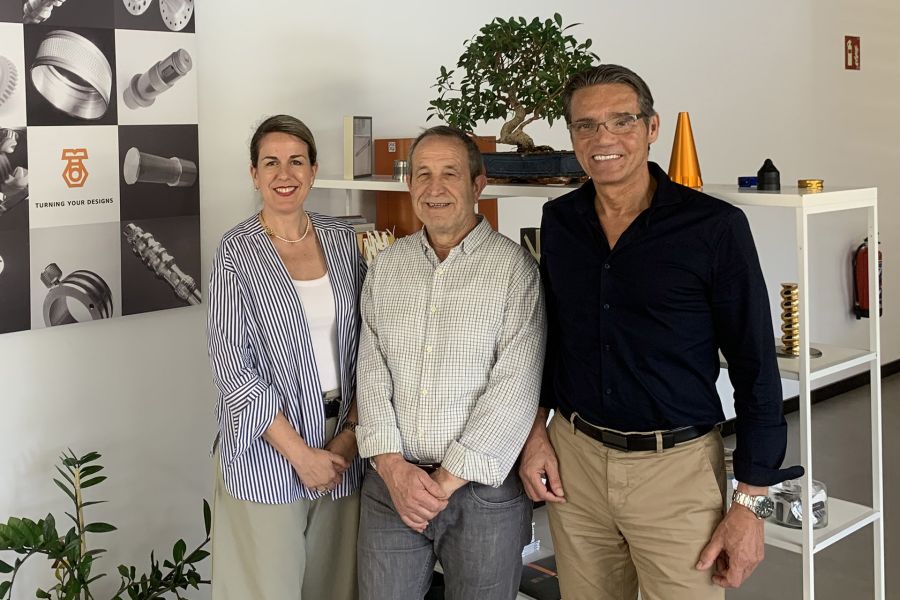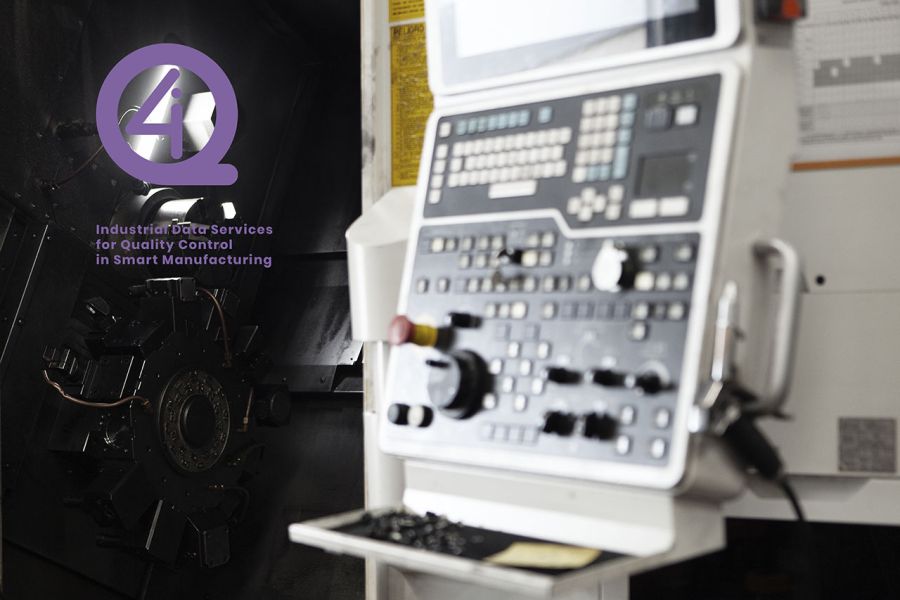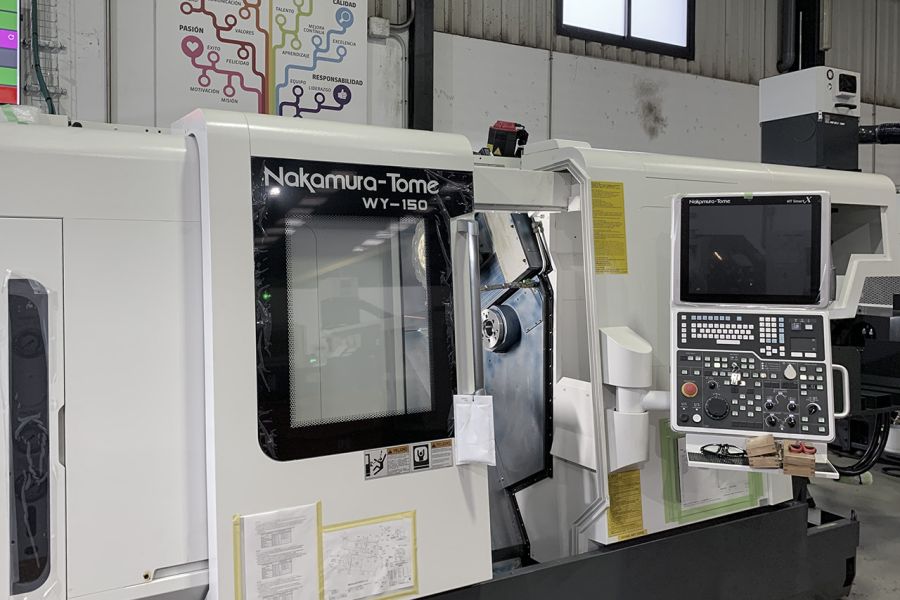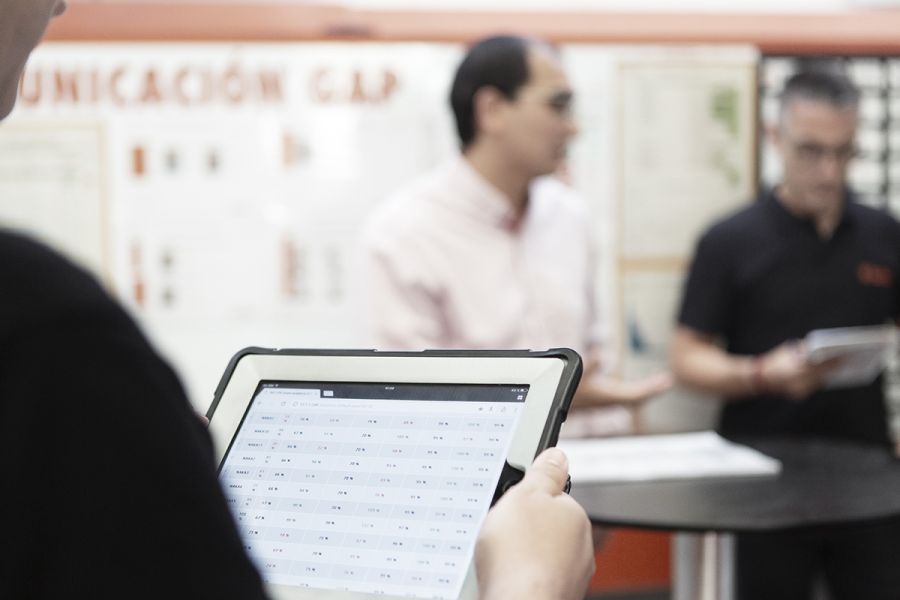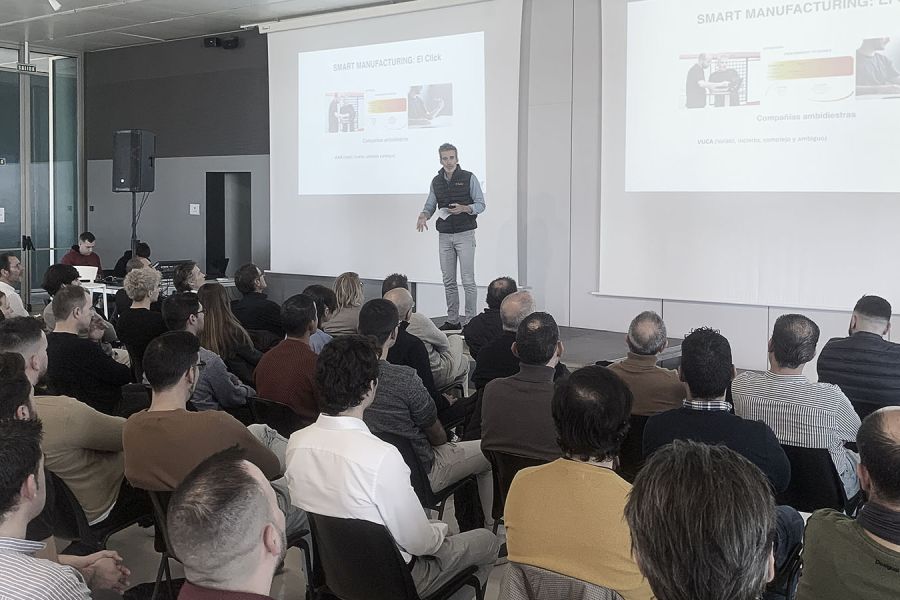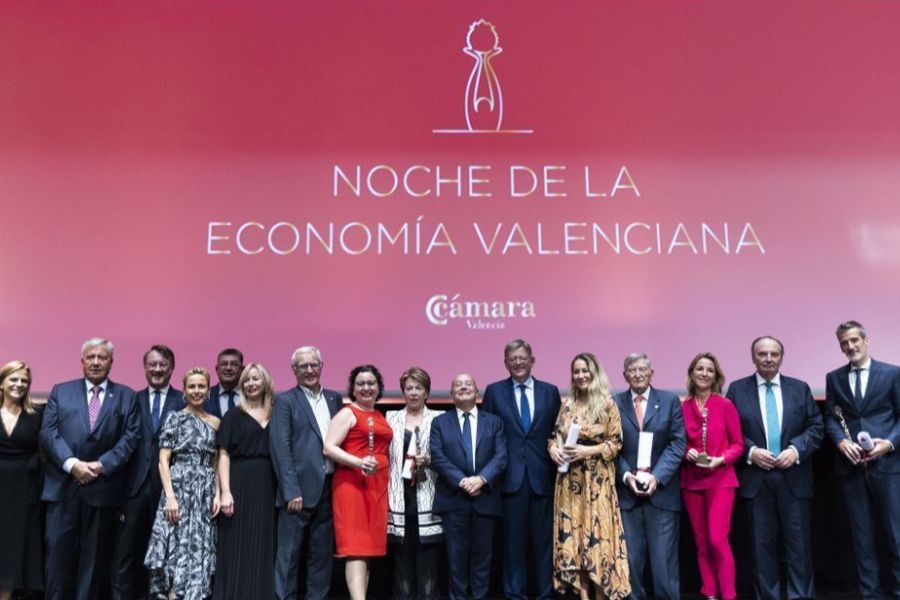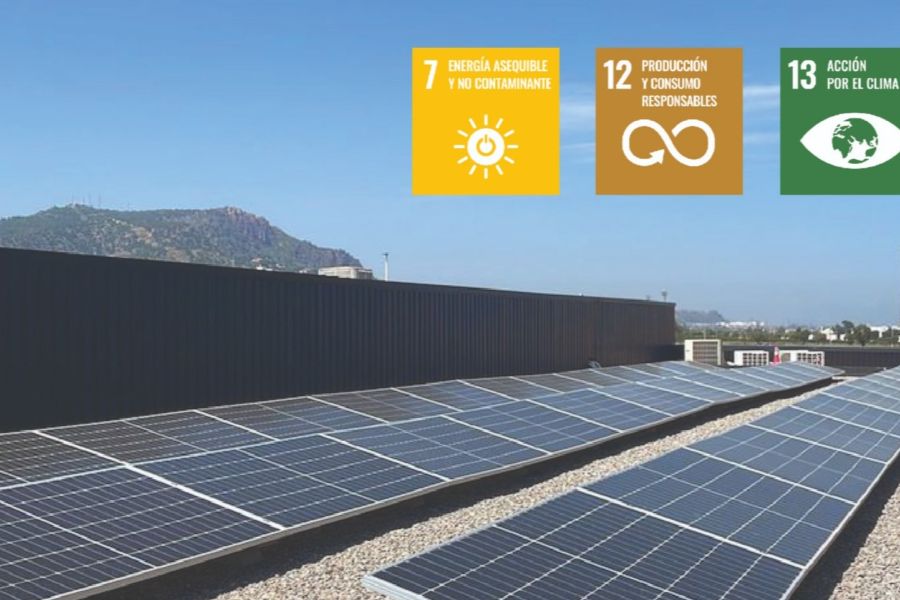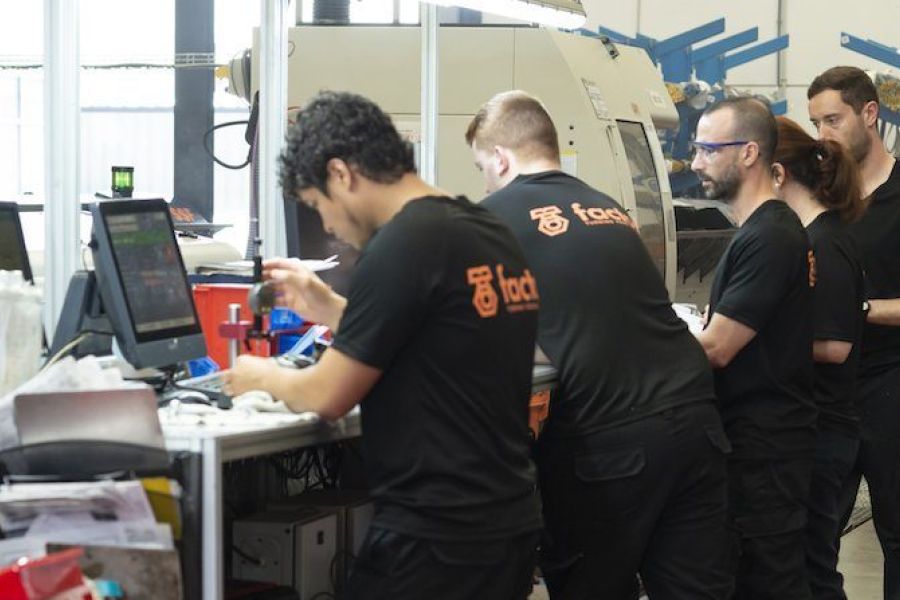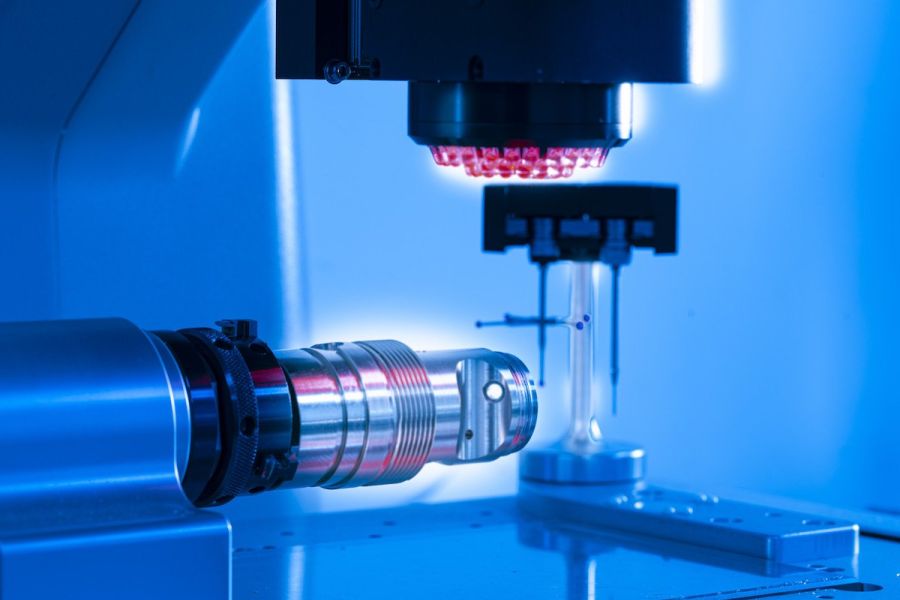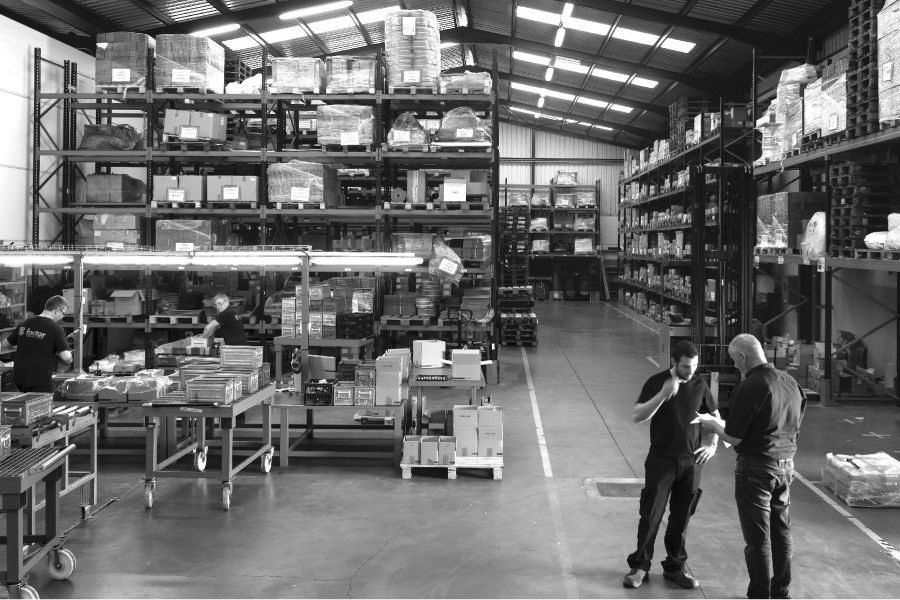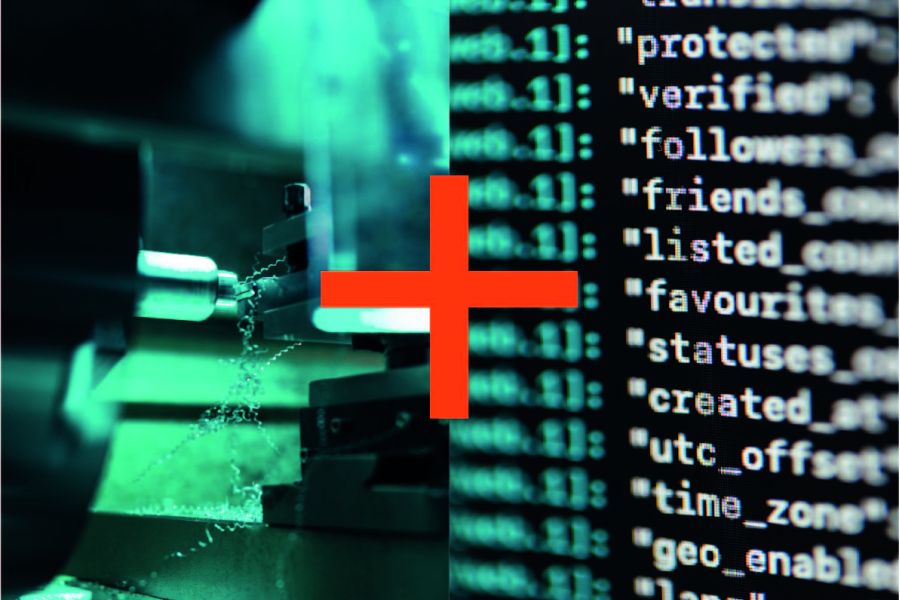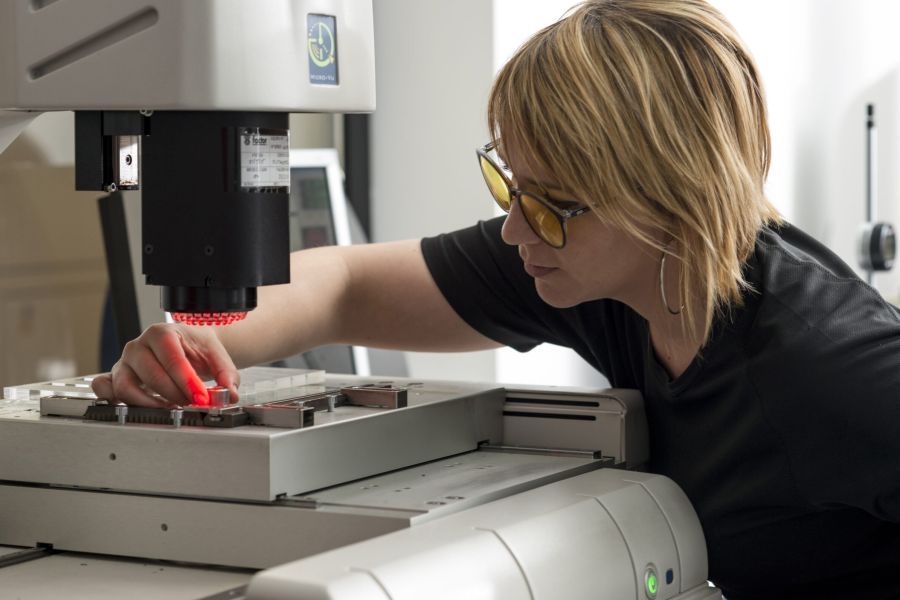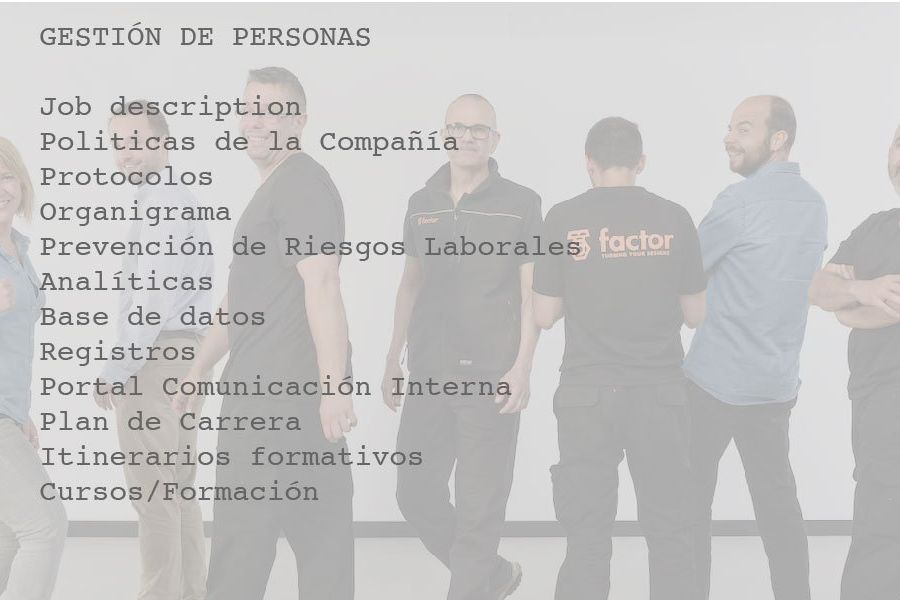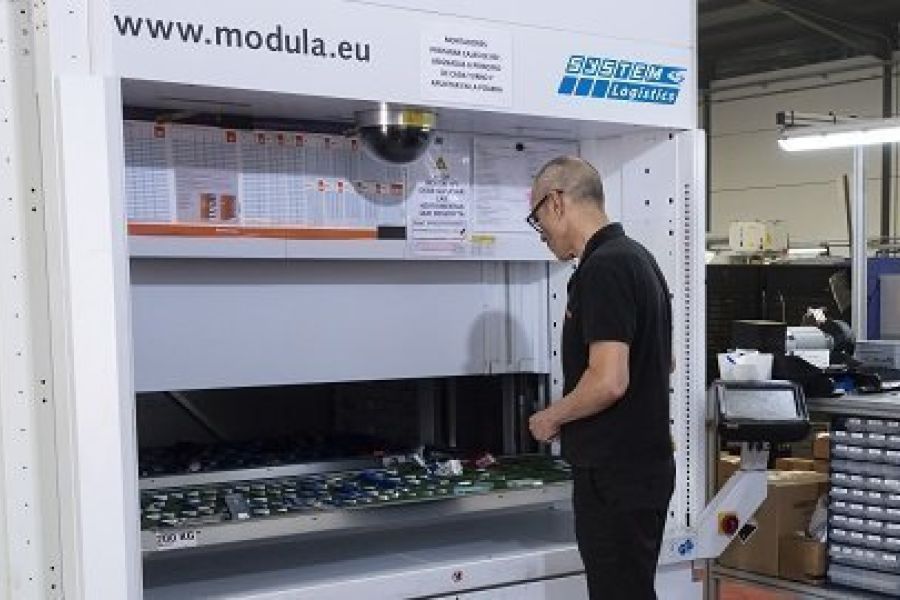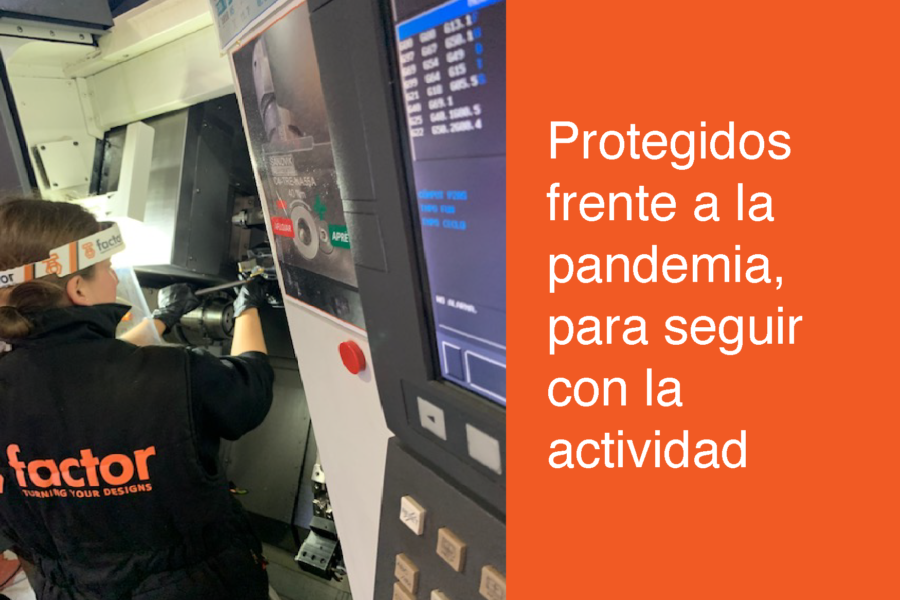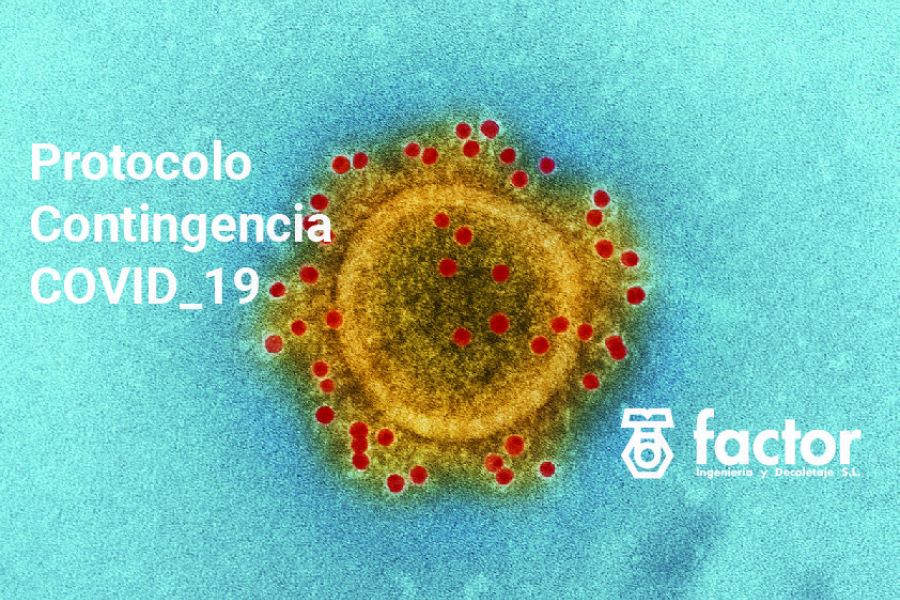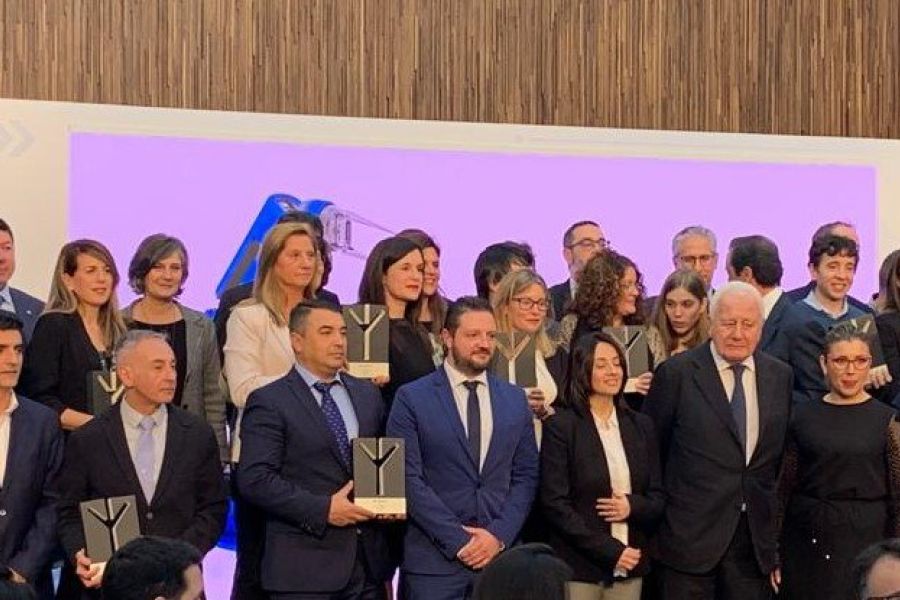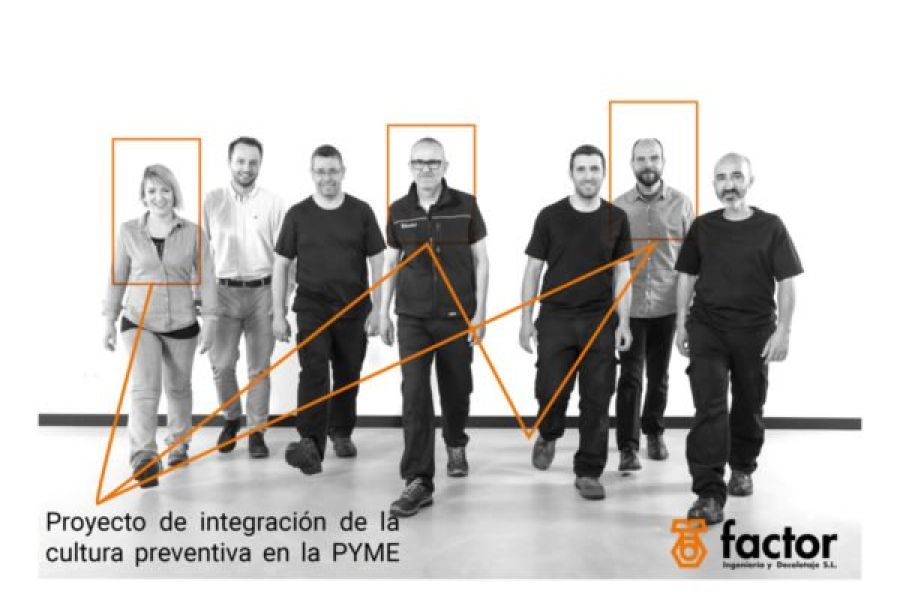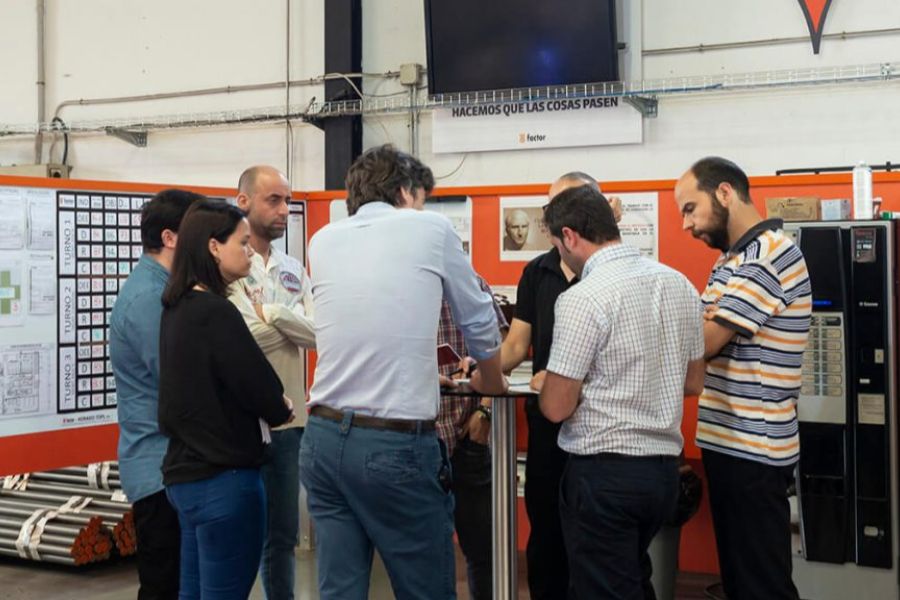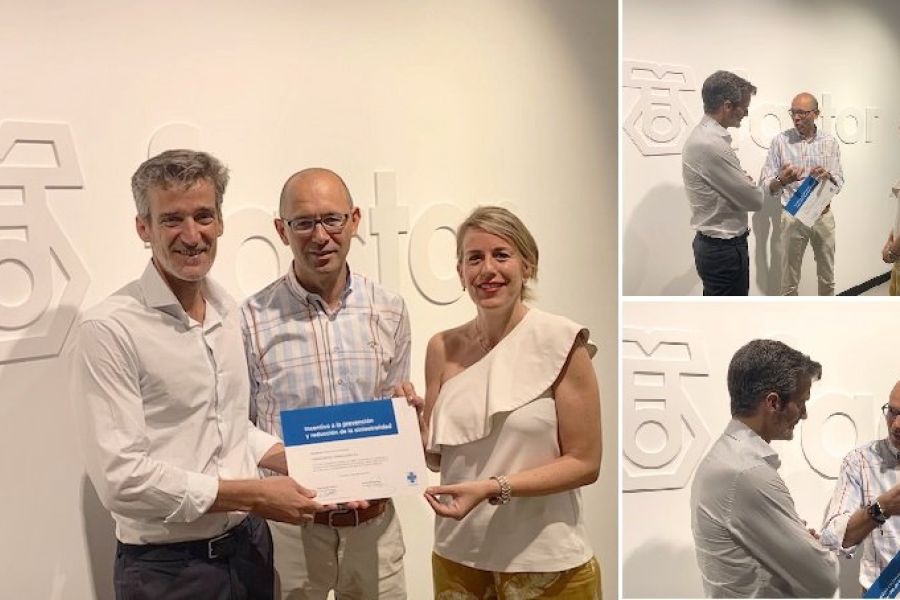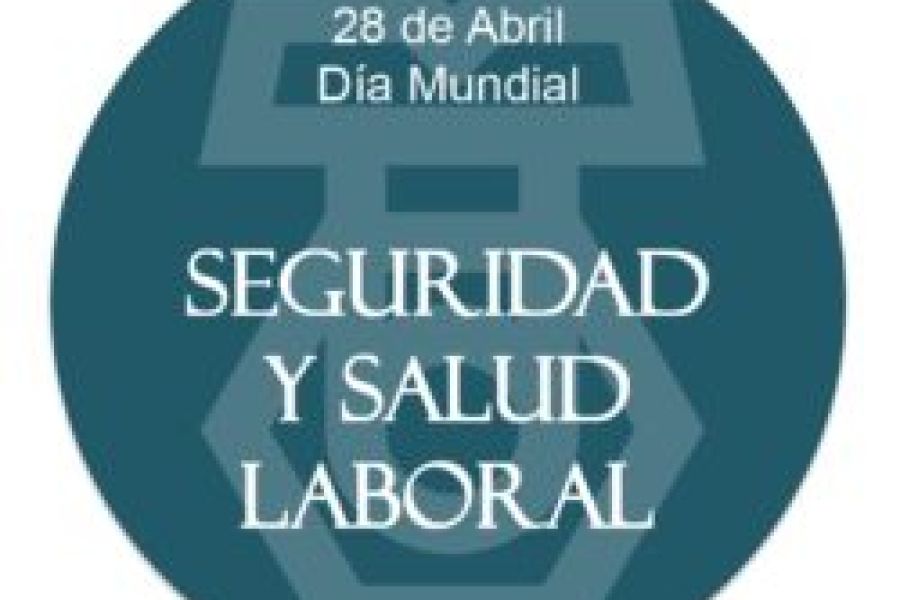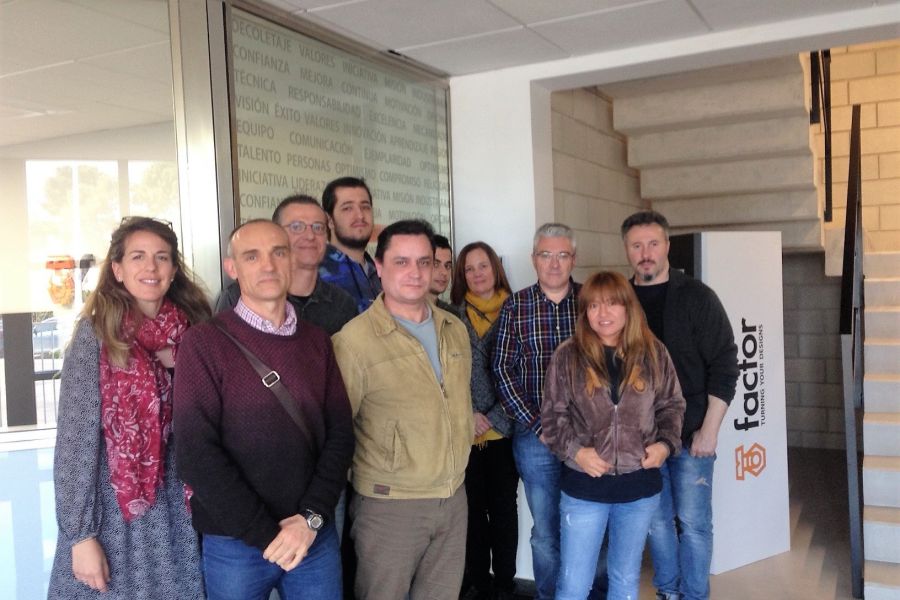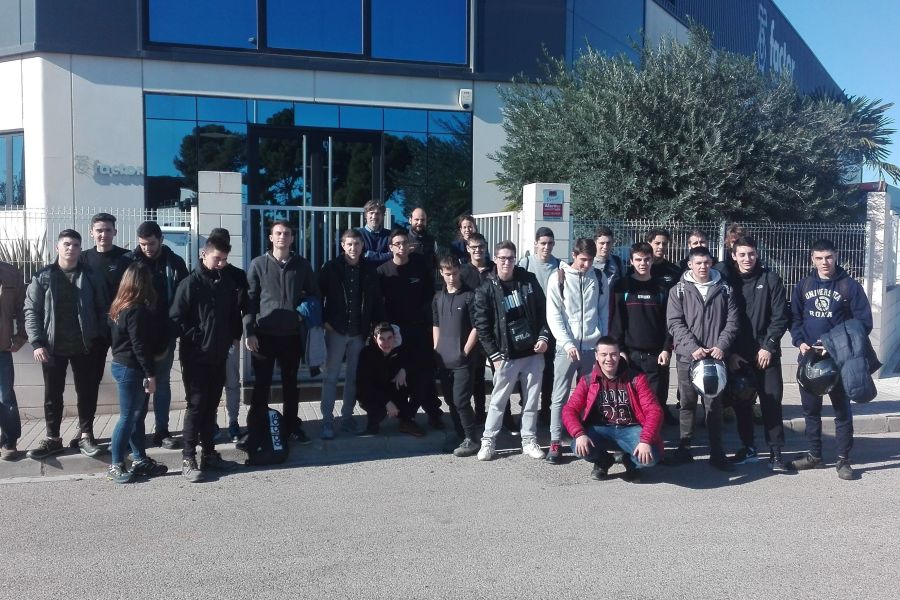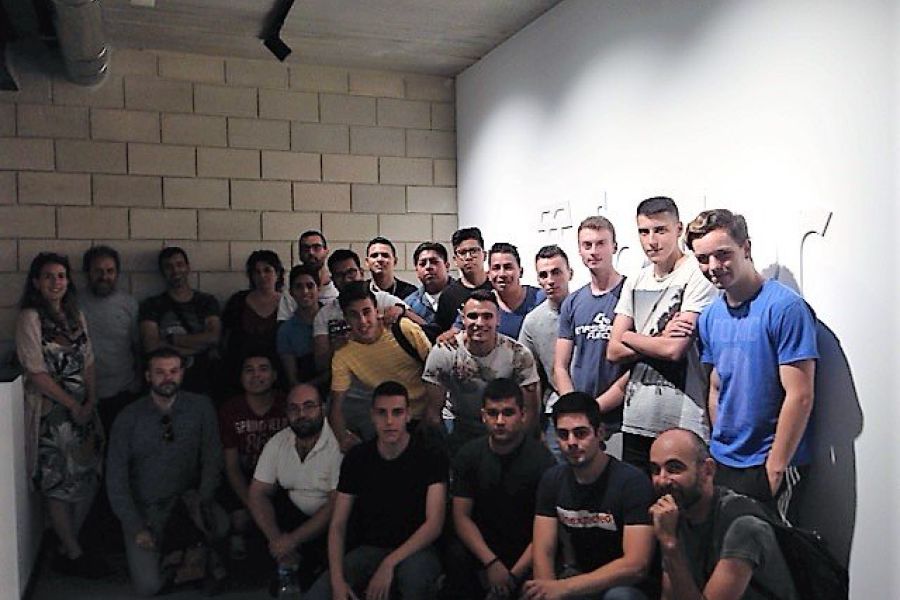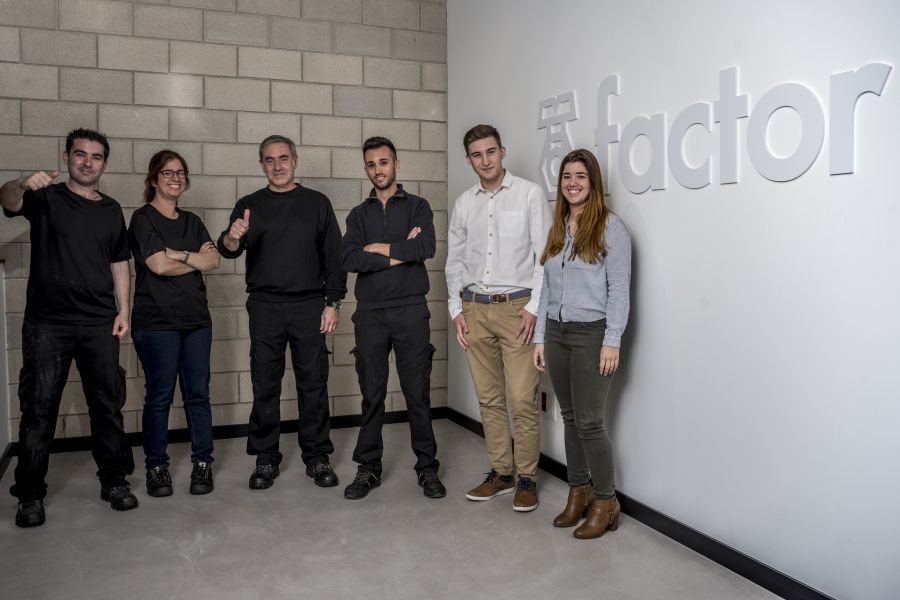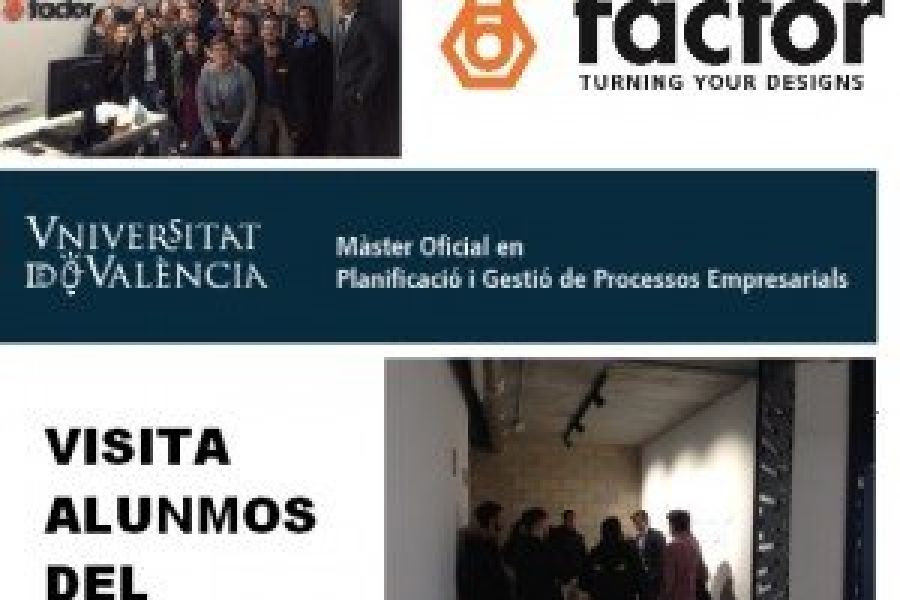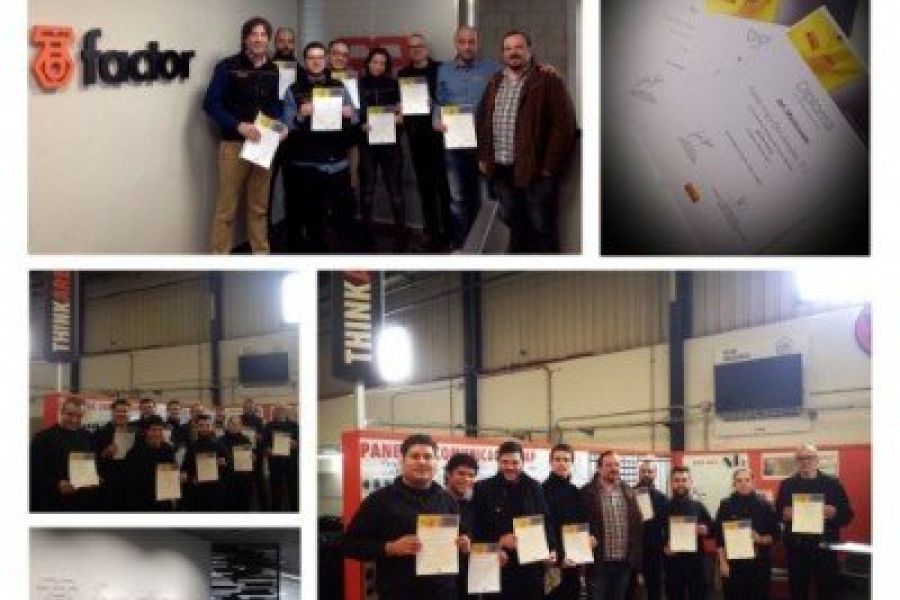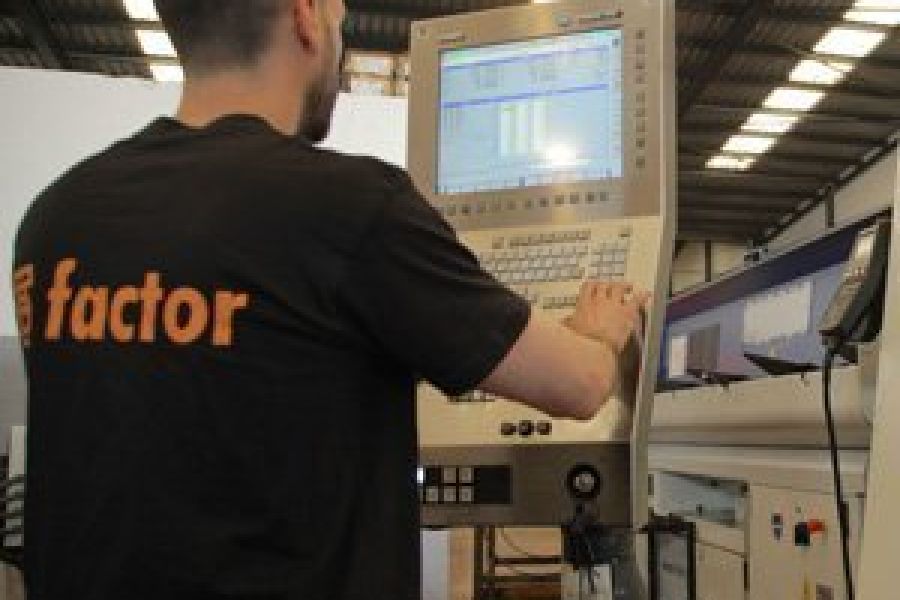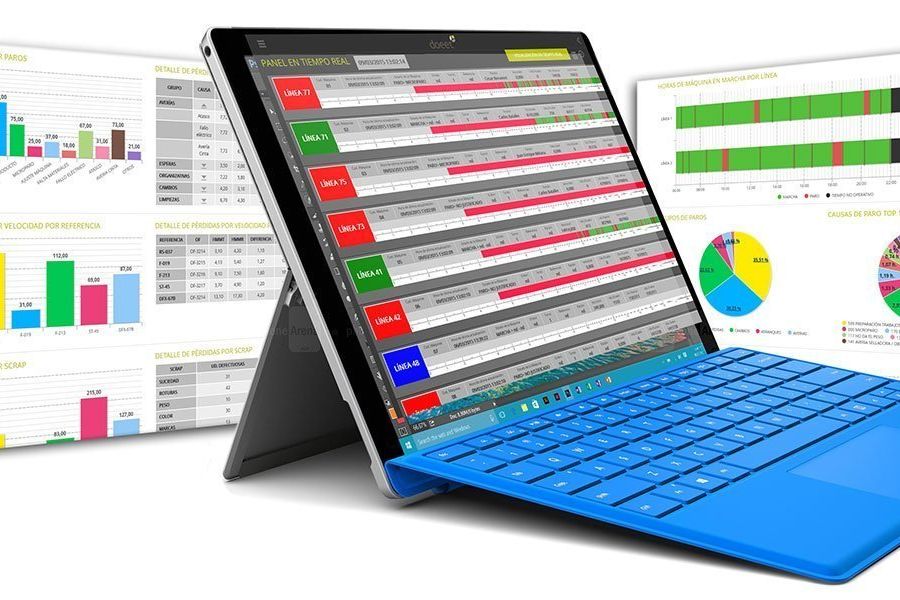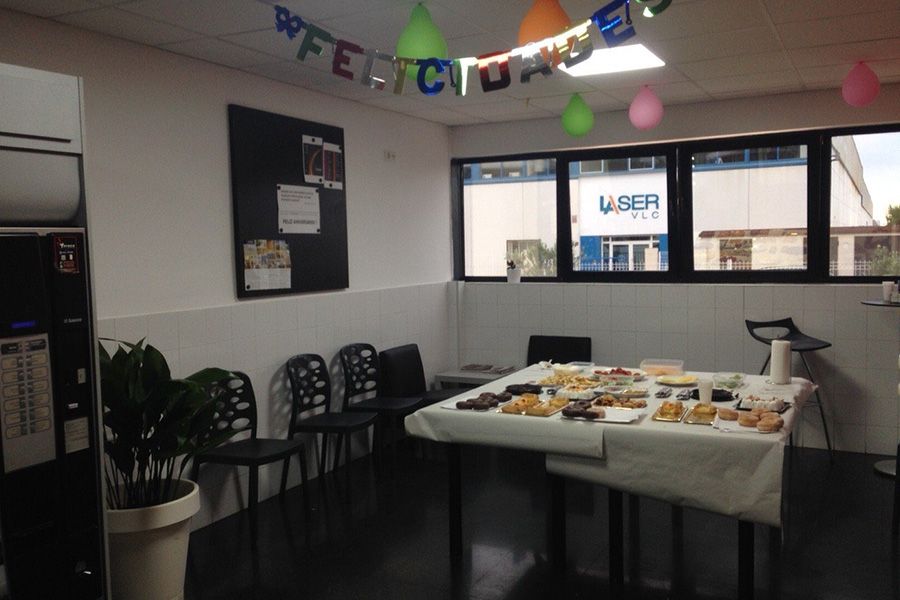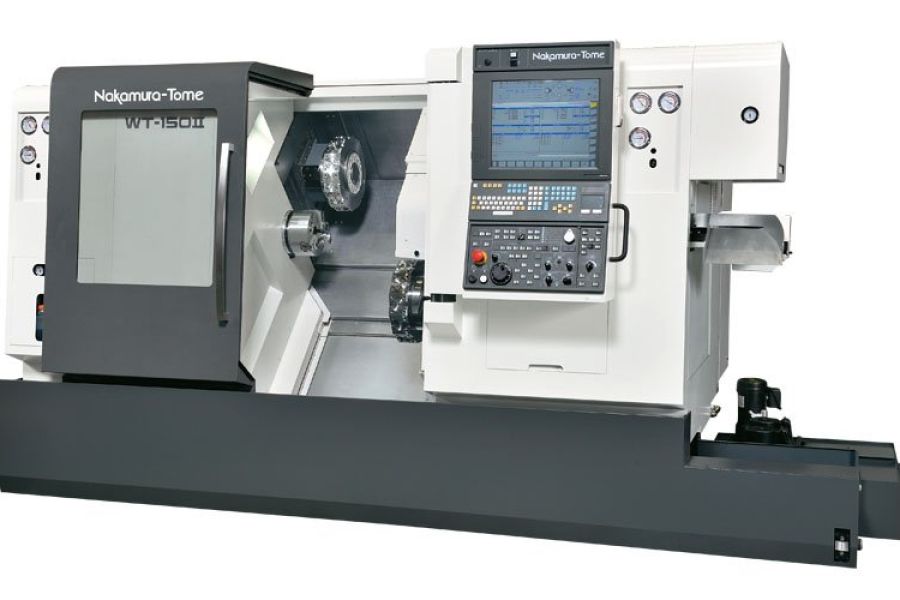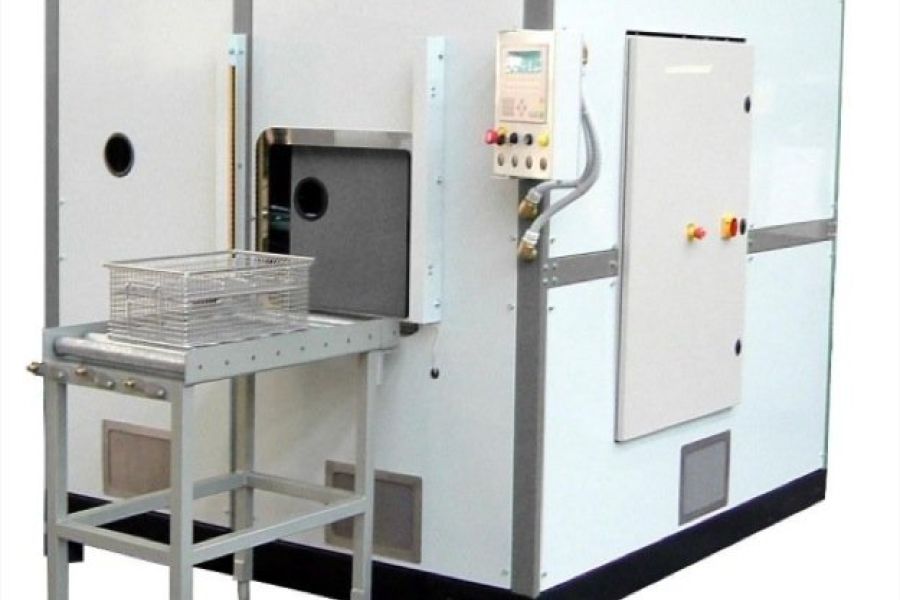Factor hosts a key pilot test for the MANTRA project

Immersive robotics, 5G connectivity, and new advances in industrial safety
The facilities of Factor Ingeniería have been the setting for a key pilot test of the European MANTRA project, focused on the development of advanced solutions for robotic teleoperation in industrial environments using mixed reality (MR), sensory feedback, and 5G-WiFi connectivity.
Validation in a real manufacturing environment
The test allowed the system to be validated under real working conditions, in an operational industrial environment rather than in a laboratory or test bench. This was key to verifying both the technical feasibility and the practical applicability of the system, which received an acceptance rating of over 80% in the user satisfaction questionnaire (24.5 points out of 30).
Successfully tested technologies
During the session, various components developed within the MANTRA project were evaluated, including:
• Mixed reality (MR) interface for robot teleoperation.
• Multimodal feedback (visual, haptic, and auditory).
• Integrated sensors (RGB, thermal, and point clouds).
• 5G-WiFi connectivity with validated failover (<13ms latency).
• Edge computing with Docker containers and Trusted Execution Environment.
• Control of the autonomous mobile robot (AMR) using Hololens 2 and Meta Quest 3.
Greater safety, more efficiency
One of the main goals of MANTRA is to reduce workplace accidents through telepresence systems with MR. This pilot experience made it possible to improve environmental understanding through thermal and point cloud visualization, and also incorporated haptic and auditory feedback to increase accuracy and avoid collisions. All of this helps ensure that the operator can act from a safe environment, without direct exposure to physical risks.
Data collected and areas for improvement
The evaluation included standardized questionnaires (USEQ, NASA-TLX, and TPI) administered to 13 users; network logs with more than 10,000 messages processed to assess the switching time between 5G and WiFi interfaces; and data on sensory accuracy, transmission latencies, and average scores for task load and immersive presence.
Although the results were very positive, some areas for improvement were identified: certain users noted that the sound was less realistic than the image, that the consistency between the real and virtual environments could be optimized, and that more visual assistance during remote operation would be appreciated.
Next phases of the project
The results of this test will be presented at the EuroXR conference, focused on immersive technologies. In addition, the consortium is already working on incorporating these advances into the IEEE P1955 standard, aimed at robotics in 6G networks. The conclusions drawn from MANTRA will contribute to the design of safer, more connected, and more efficient architectures in the industry of the future.
At Factor, we make our manufacturing environment and our experience available to projects like MANTRA, which mark the path toward a more human and connected industry: safer environments, more efficient operations, and technologies that bring innovation closer to people.
